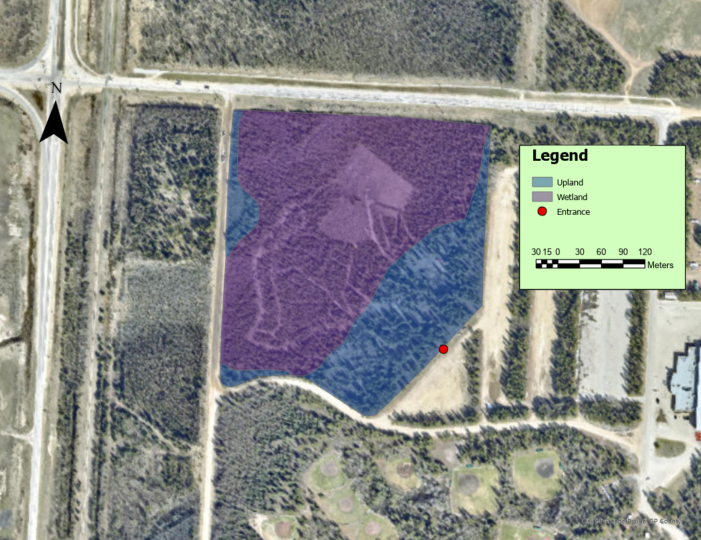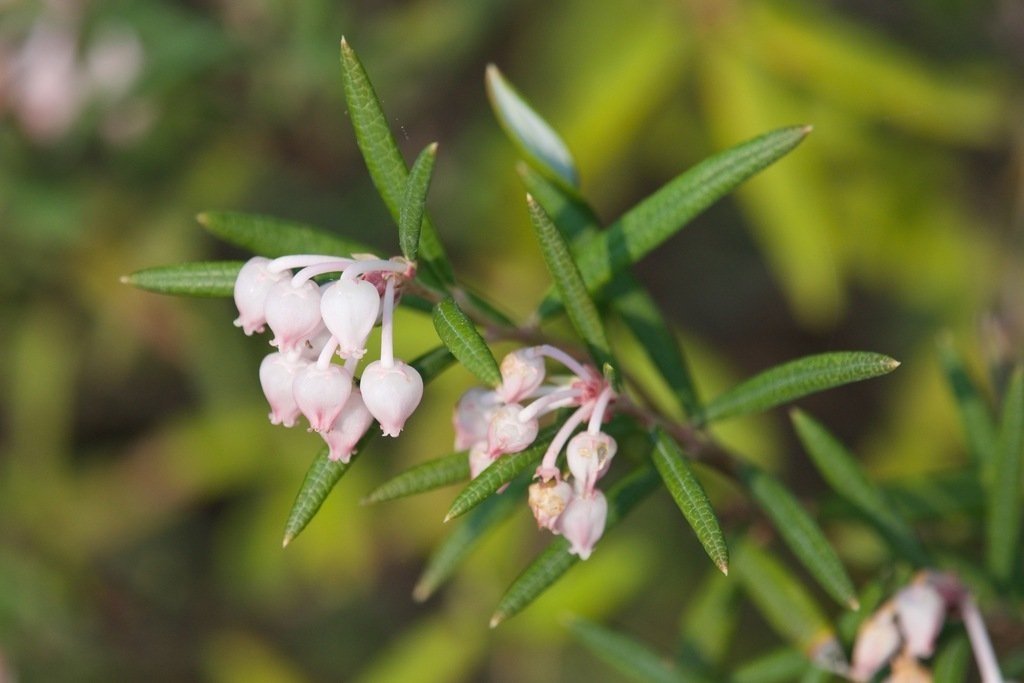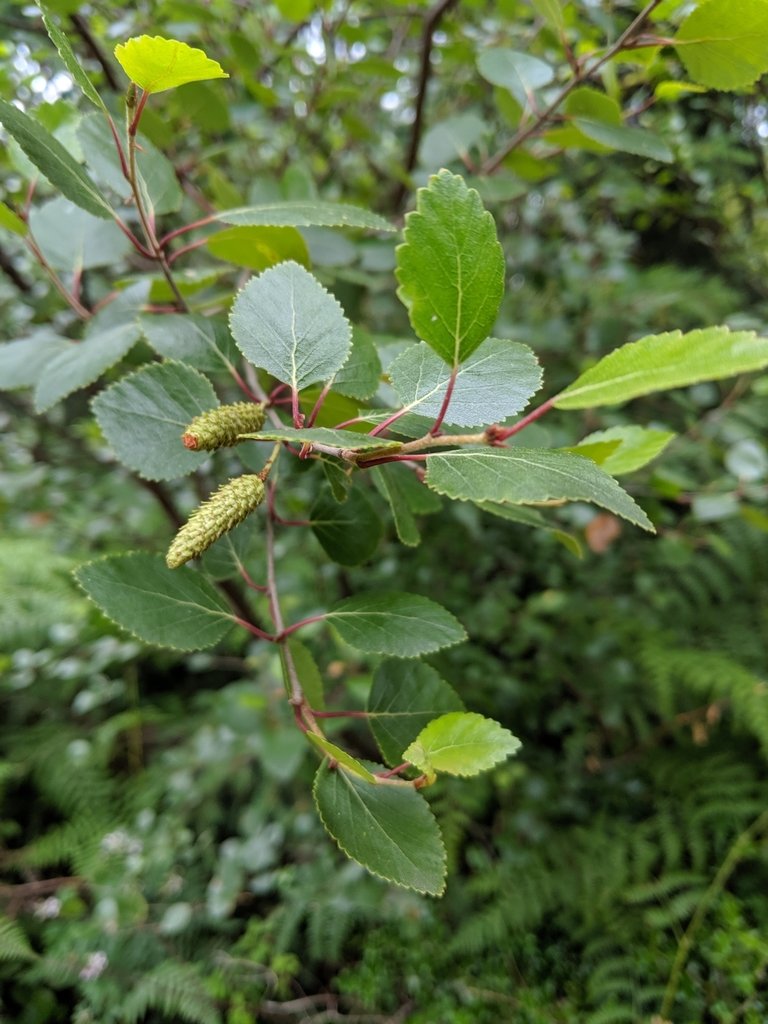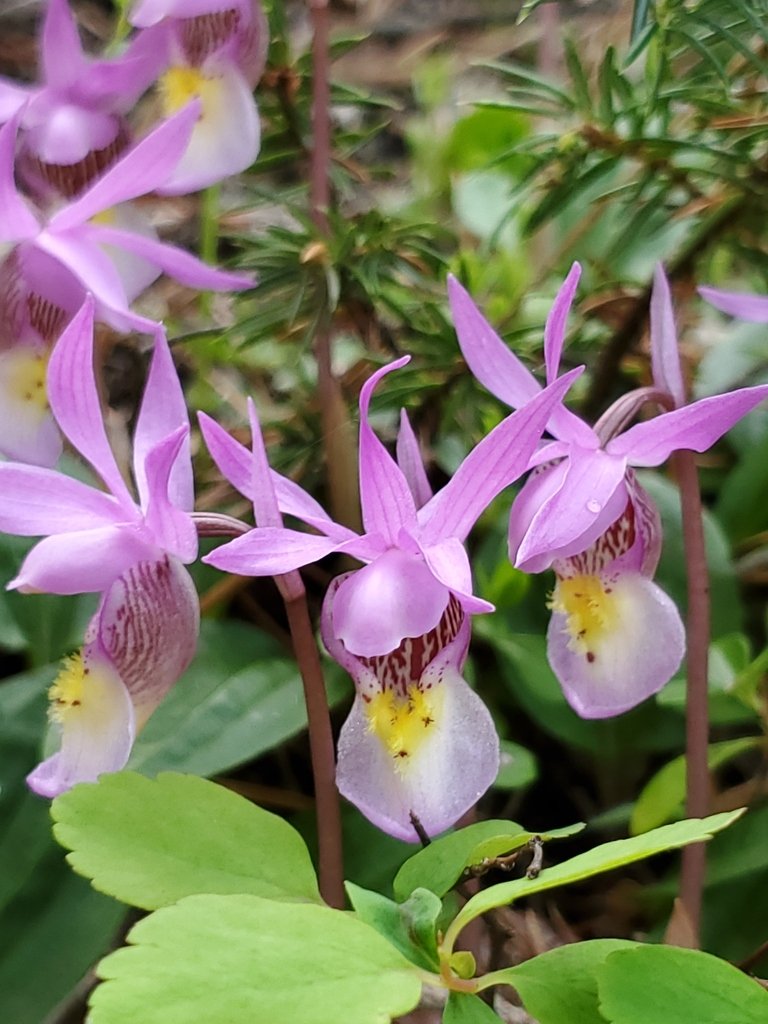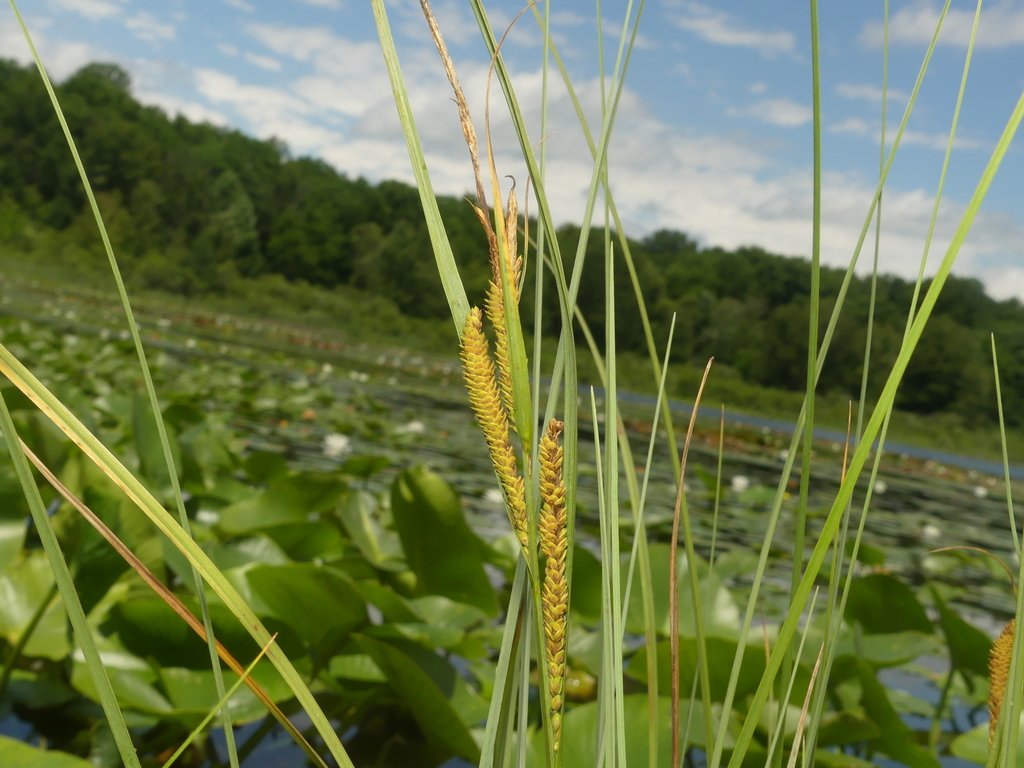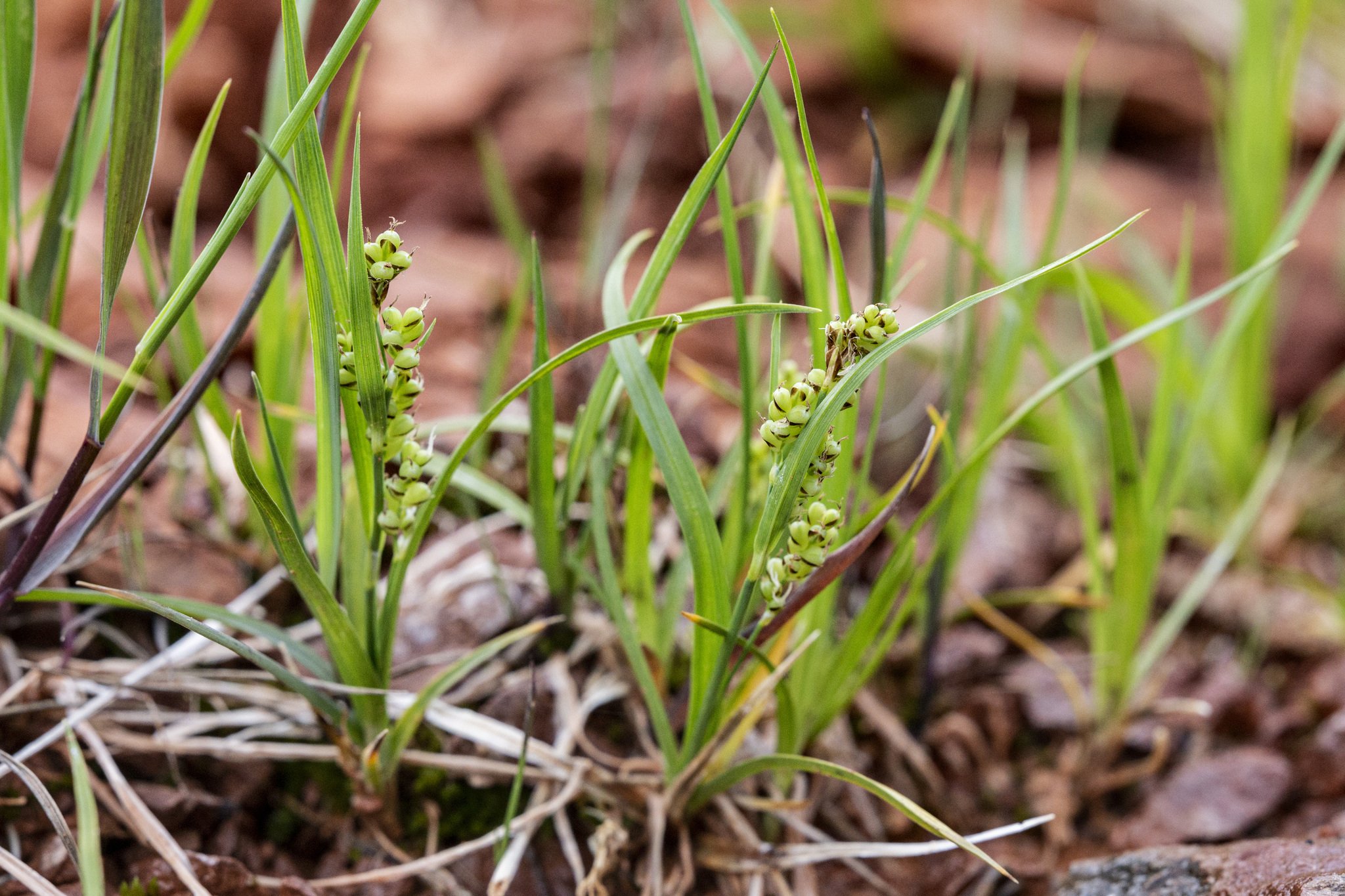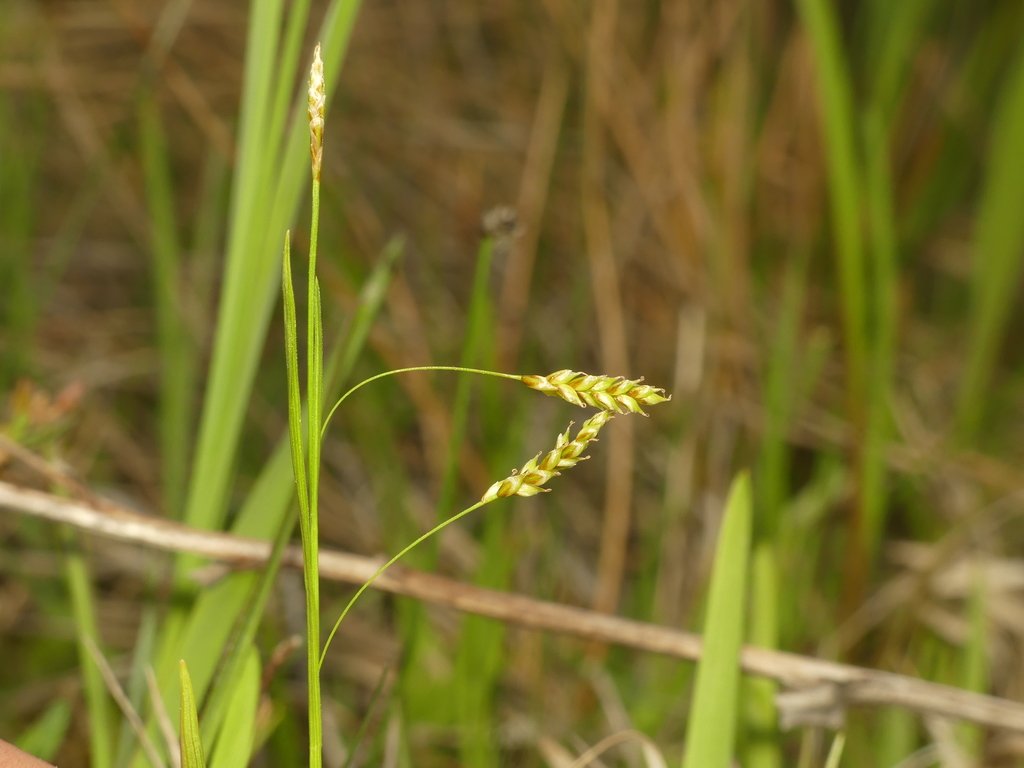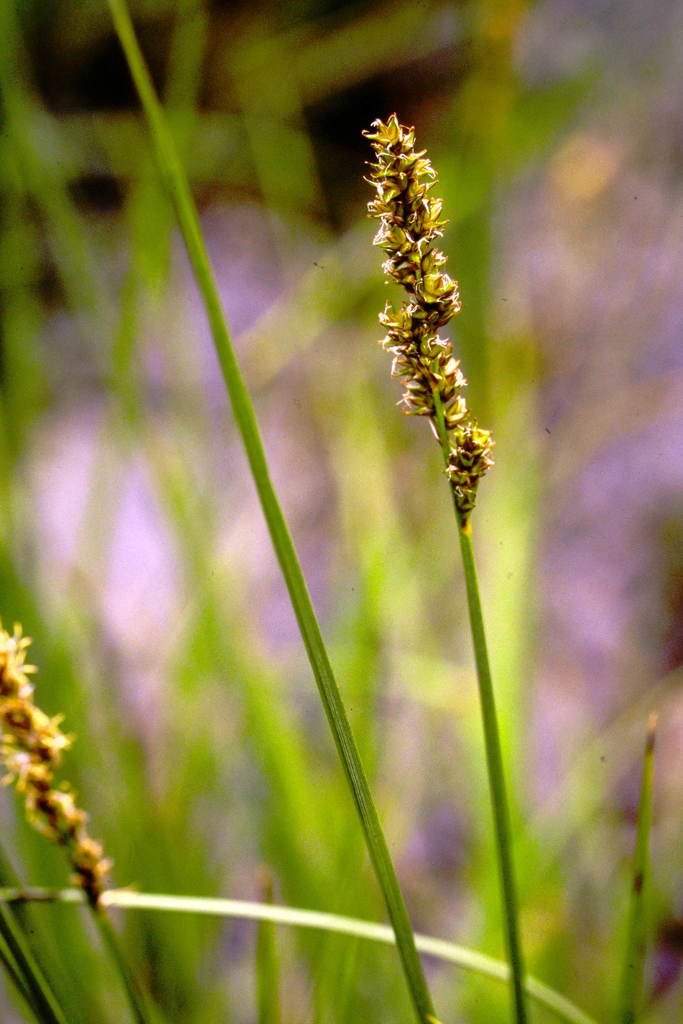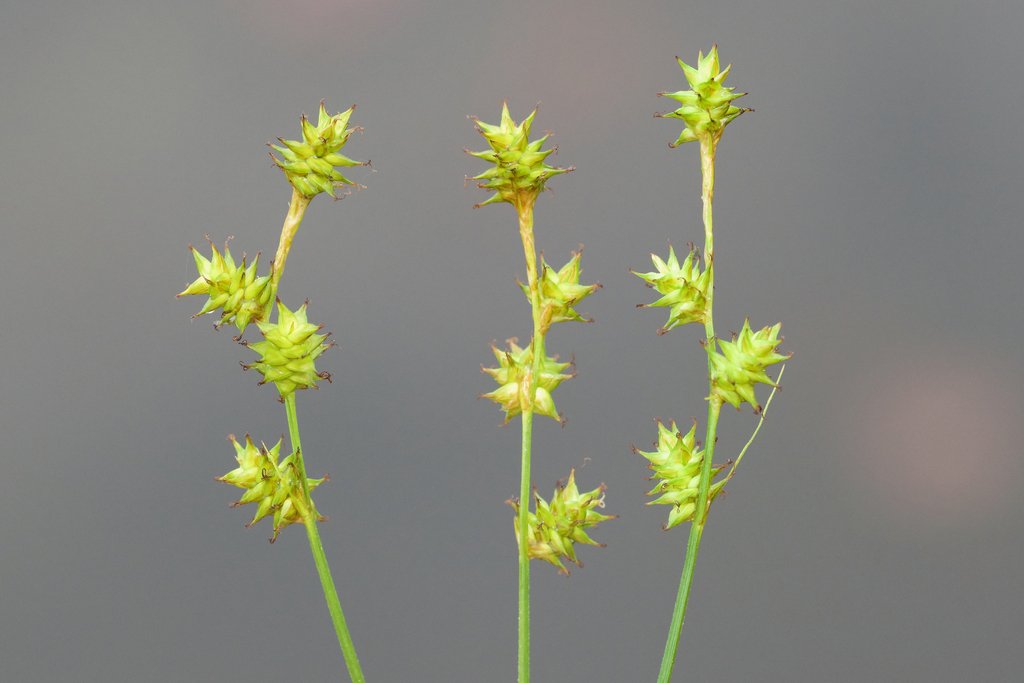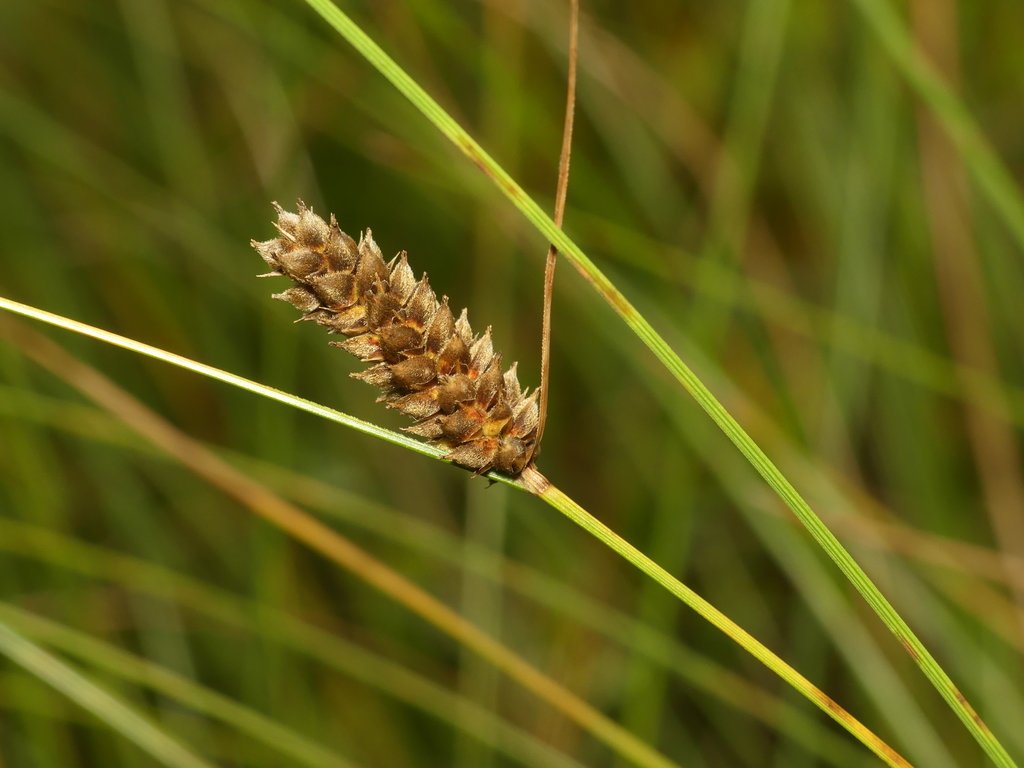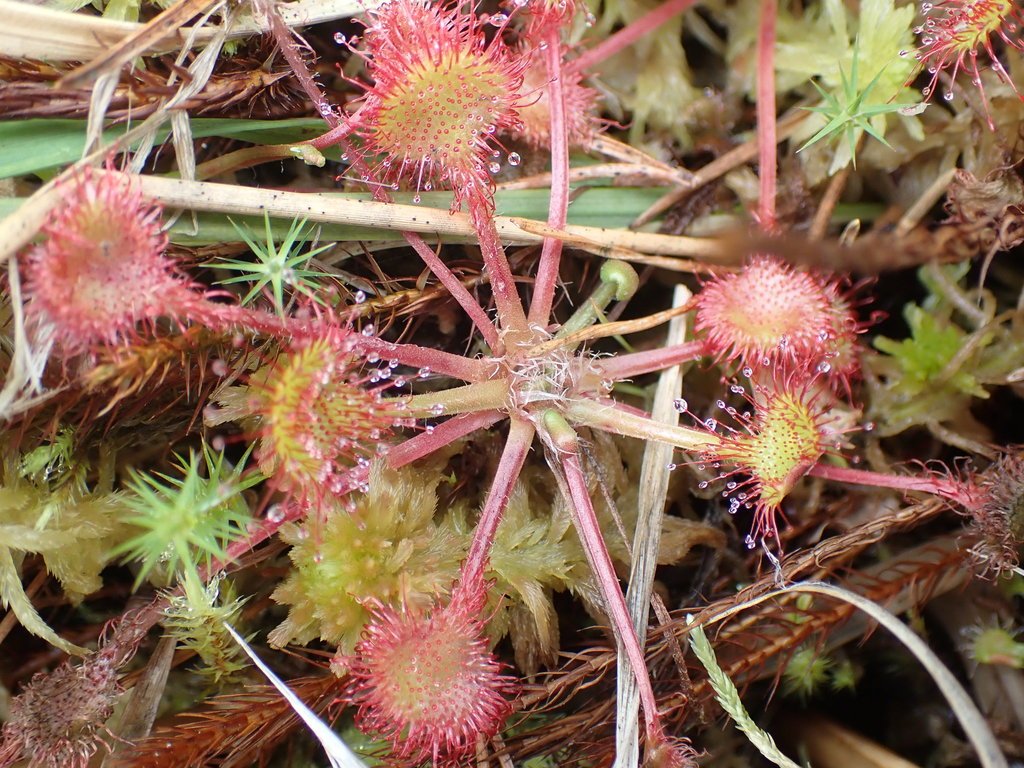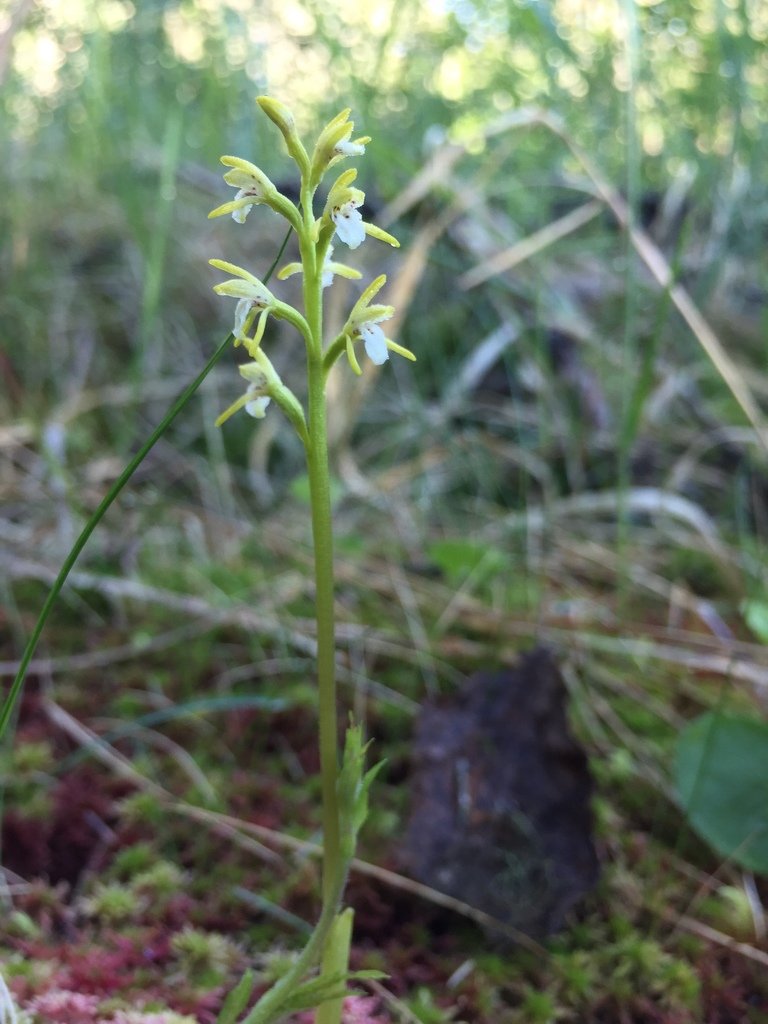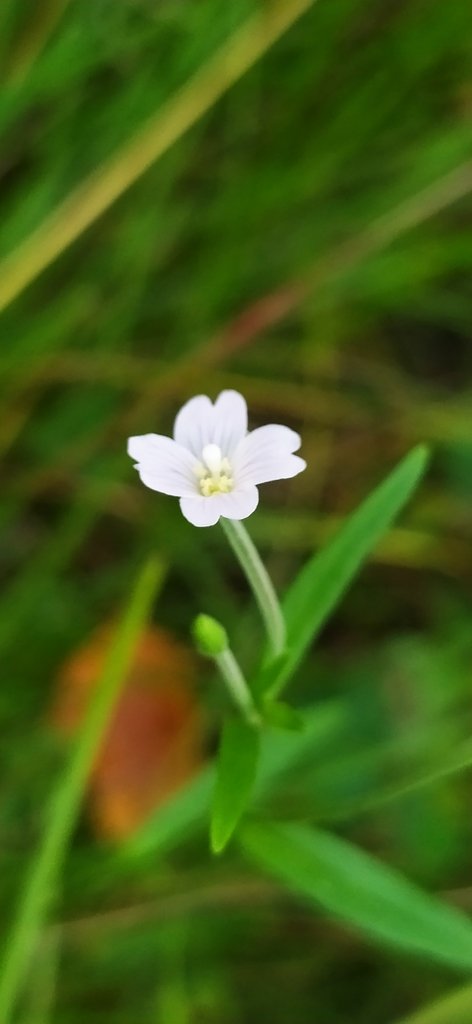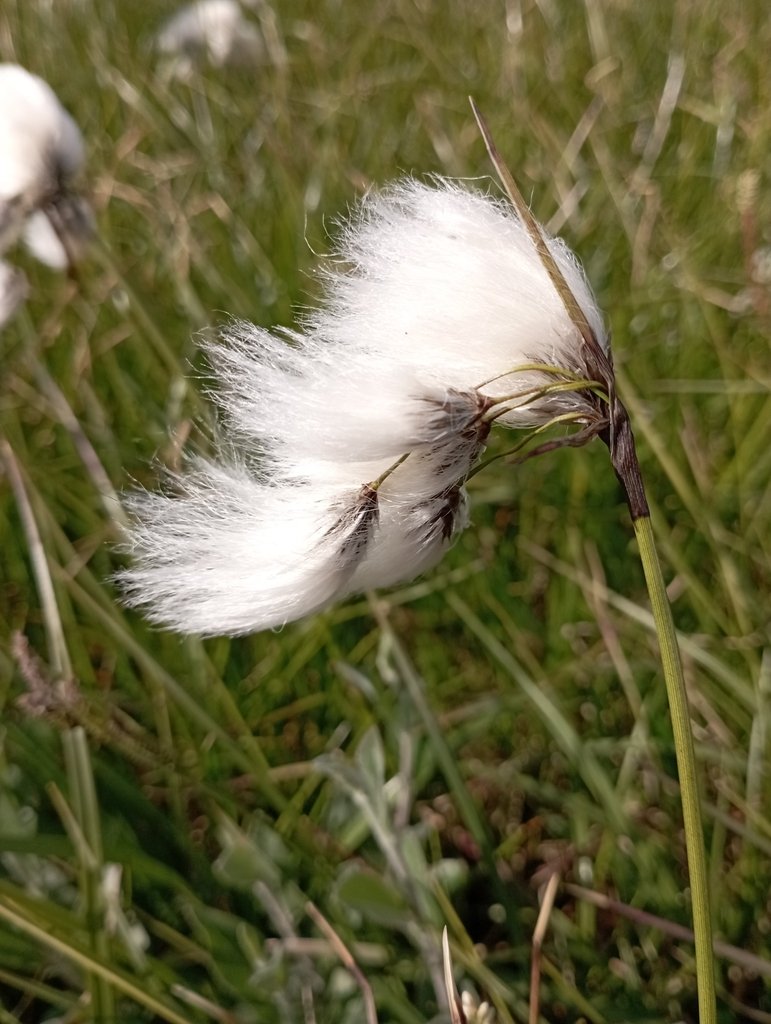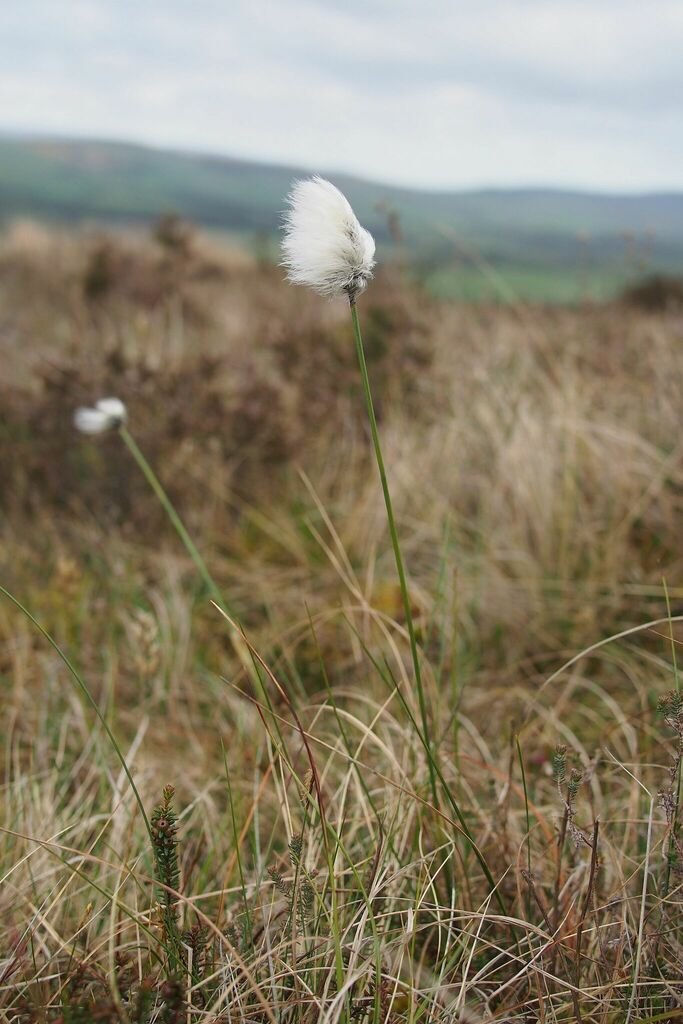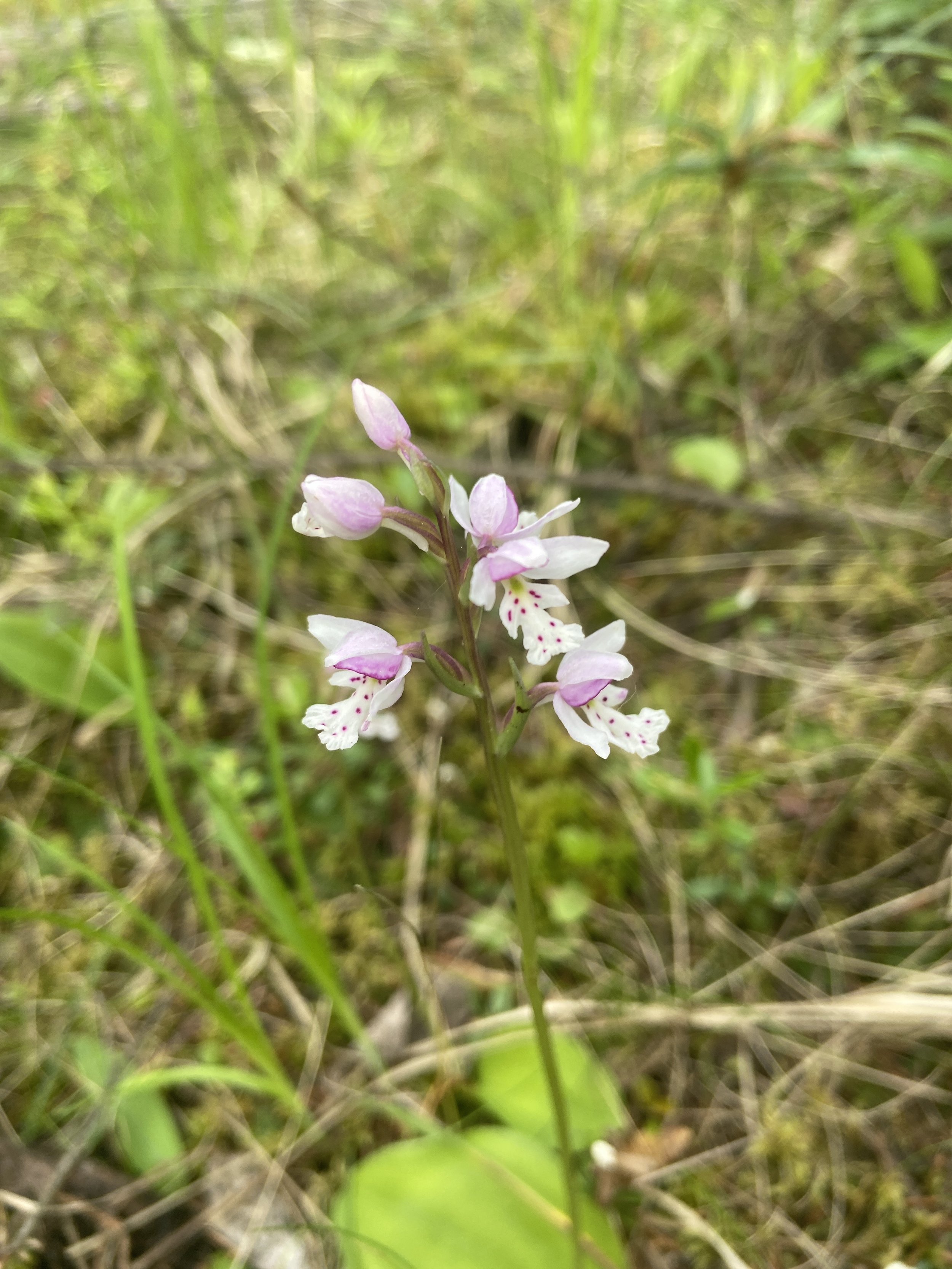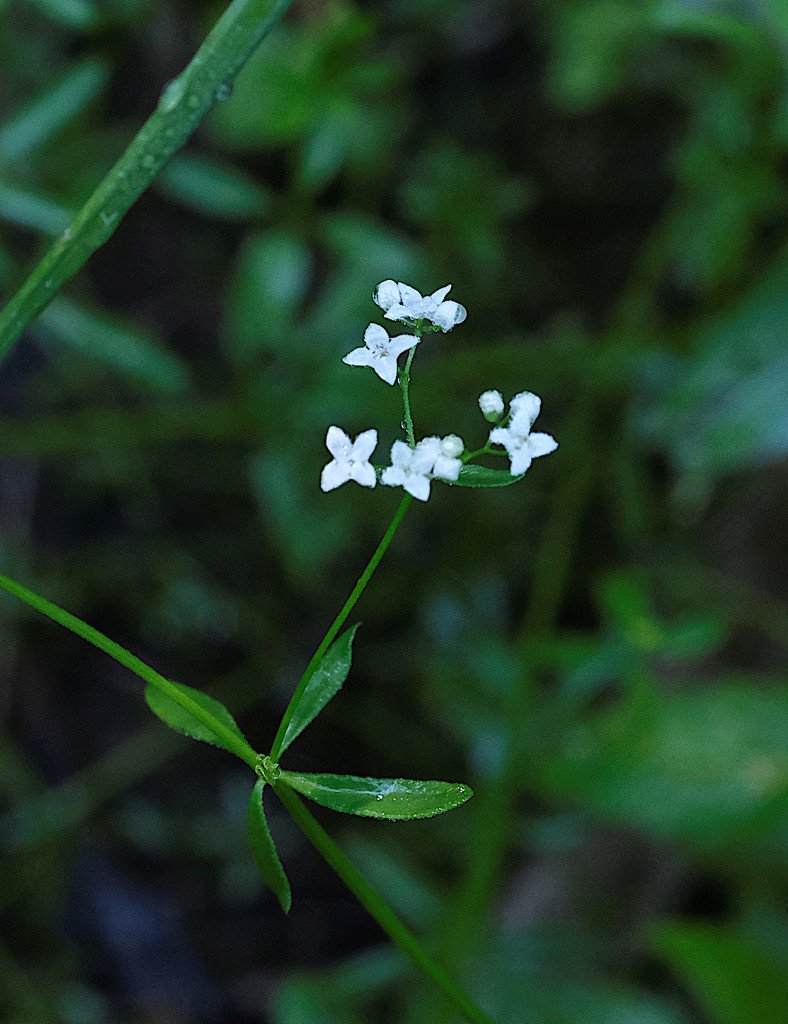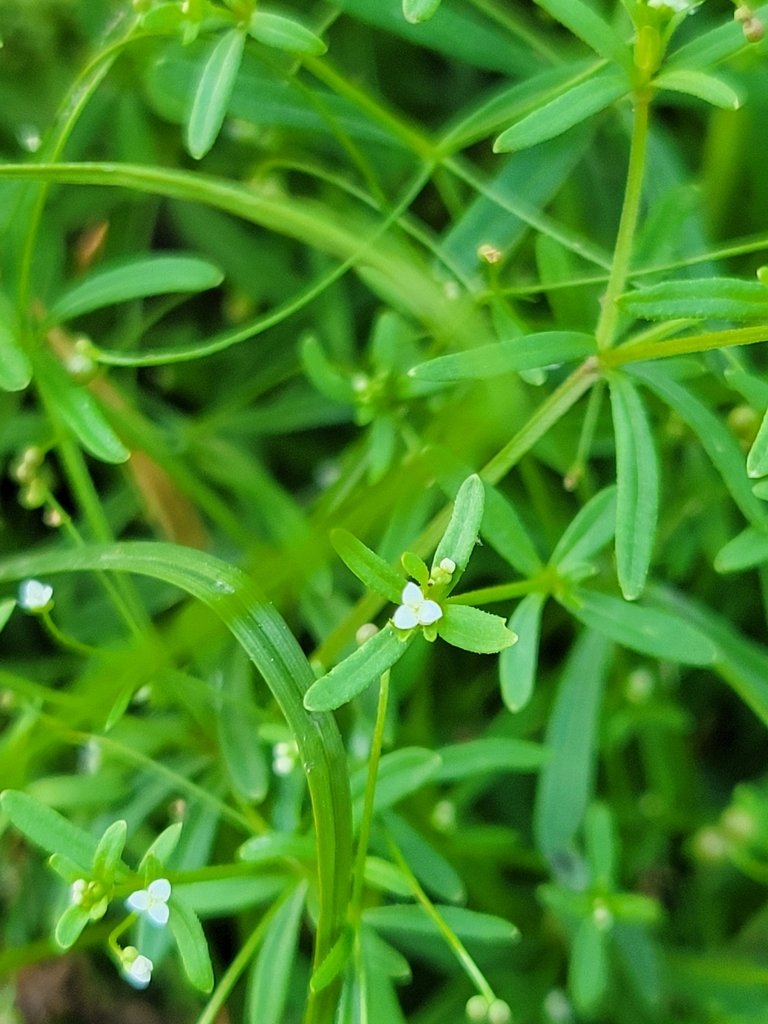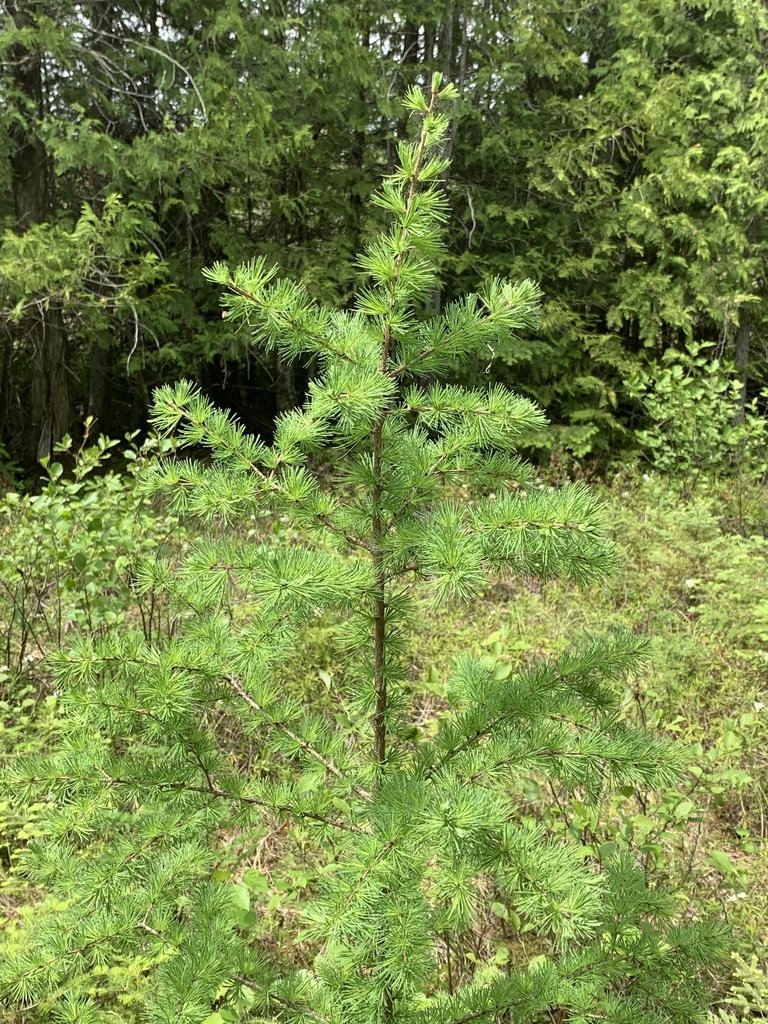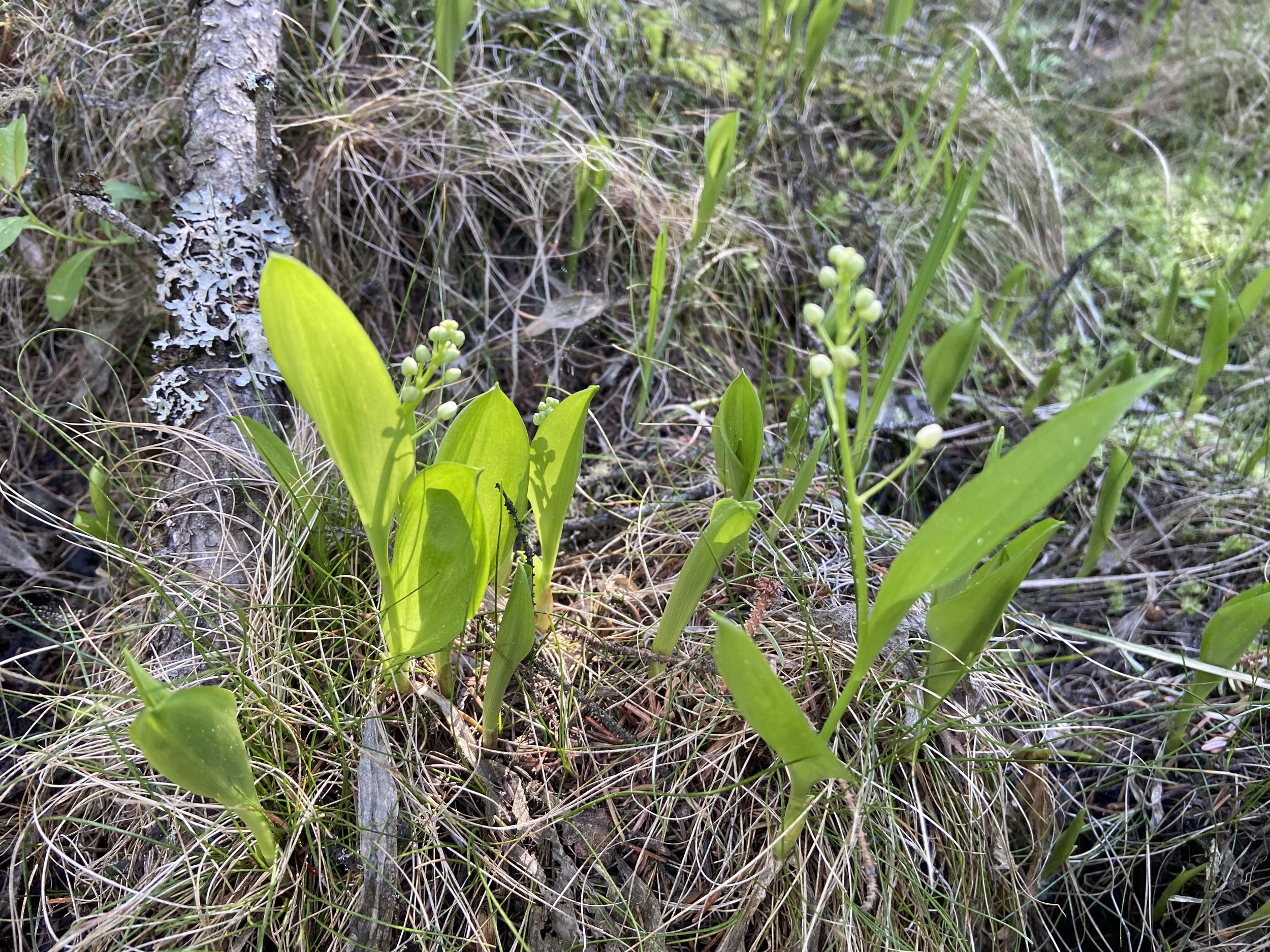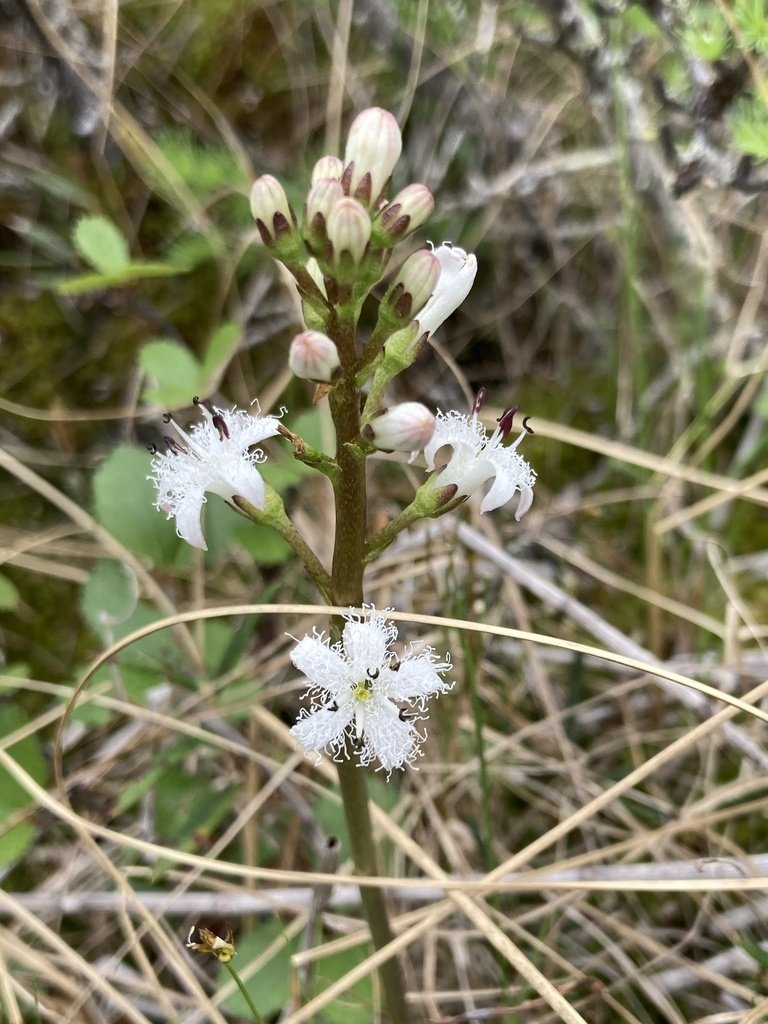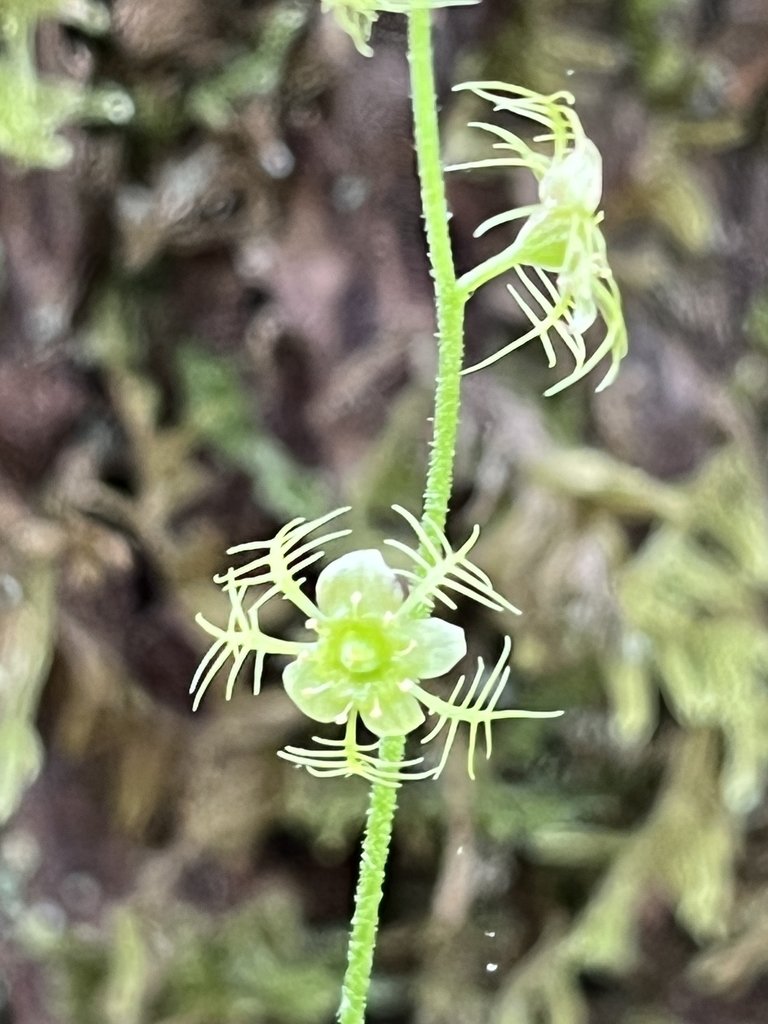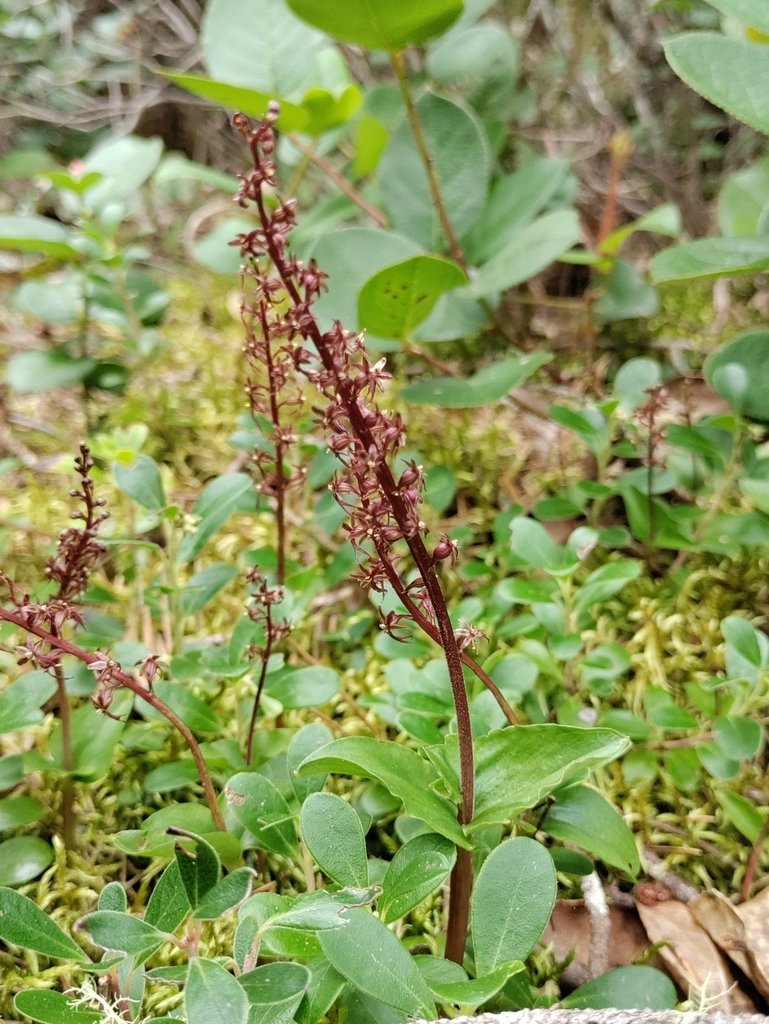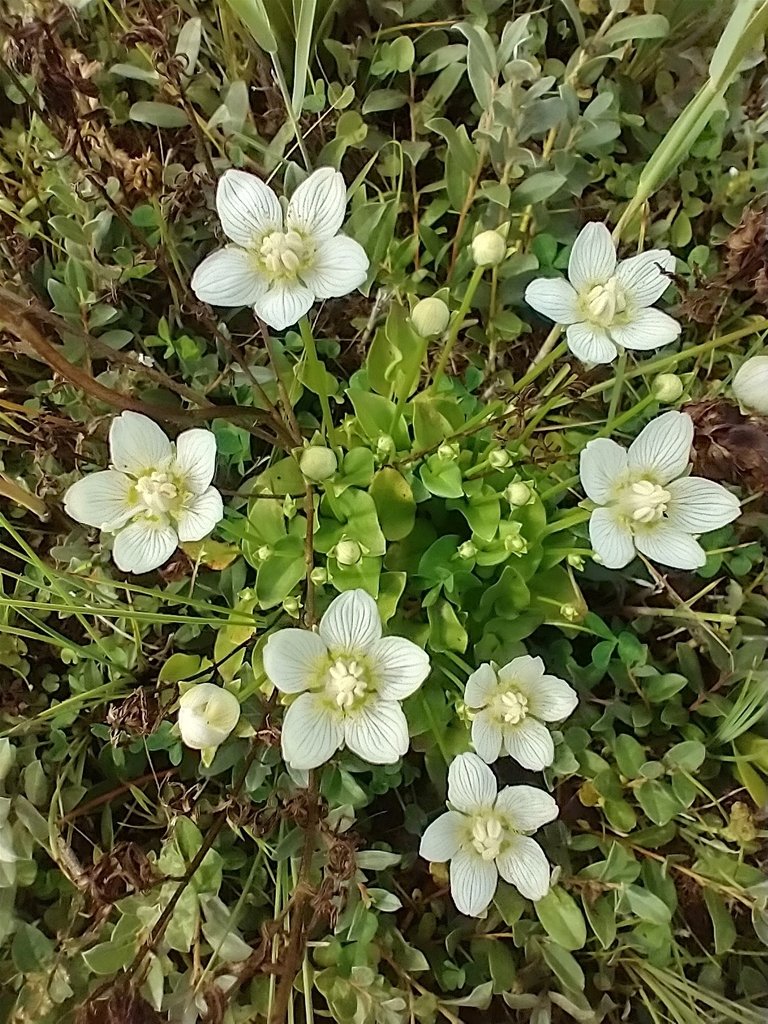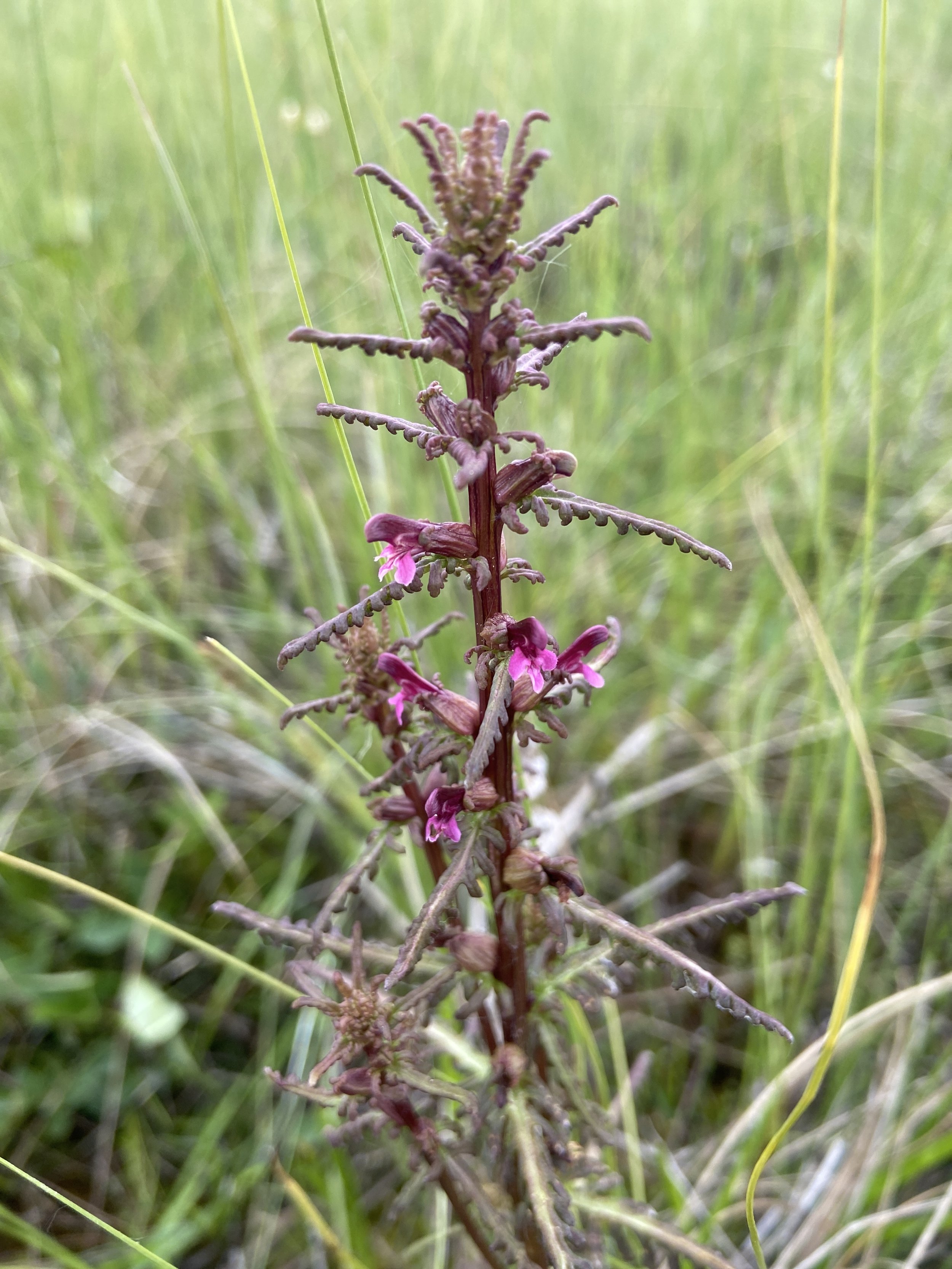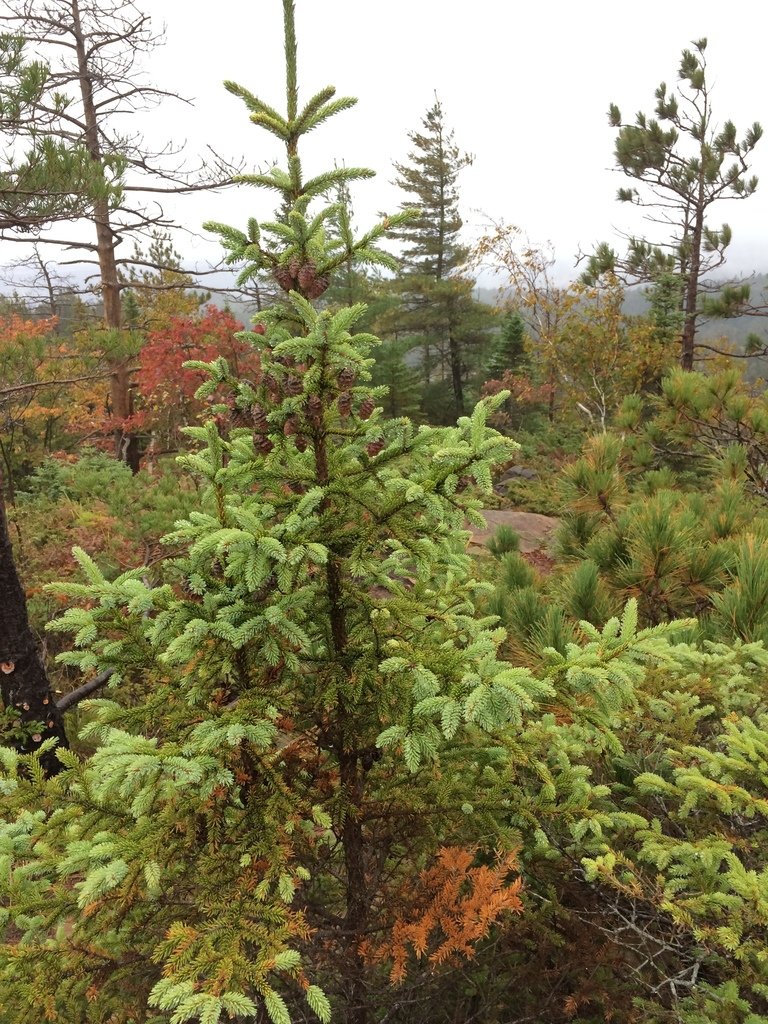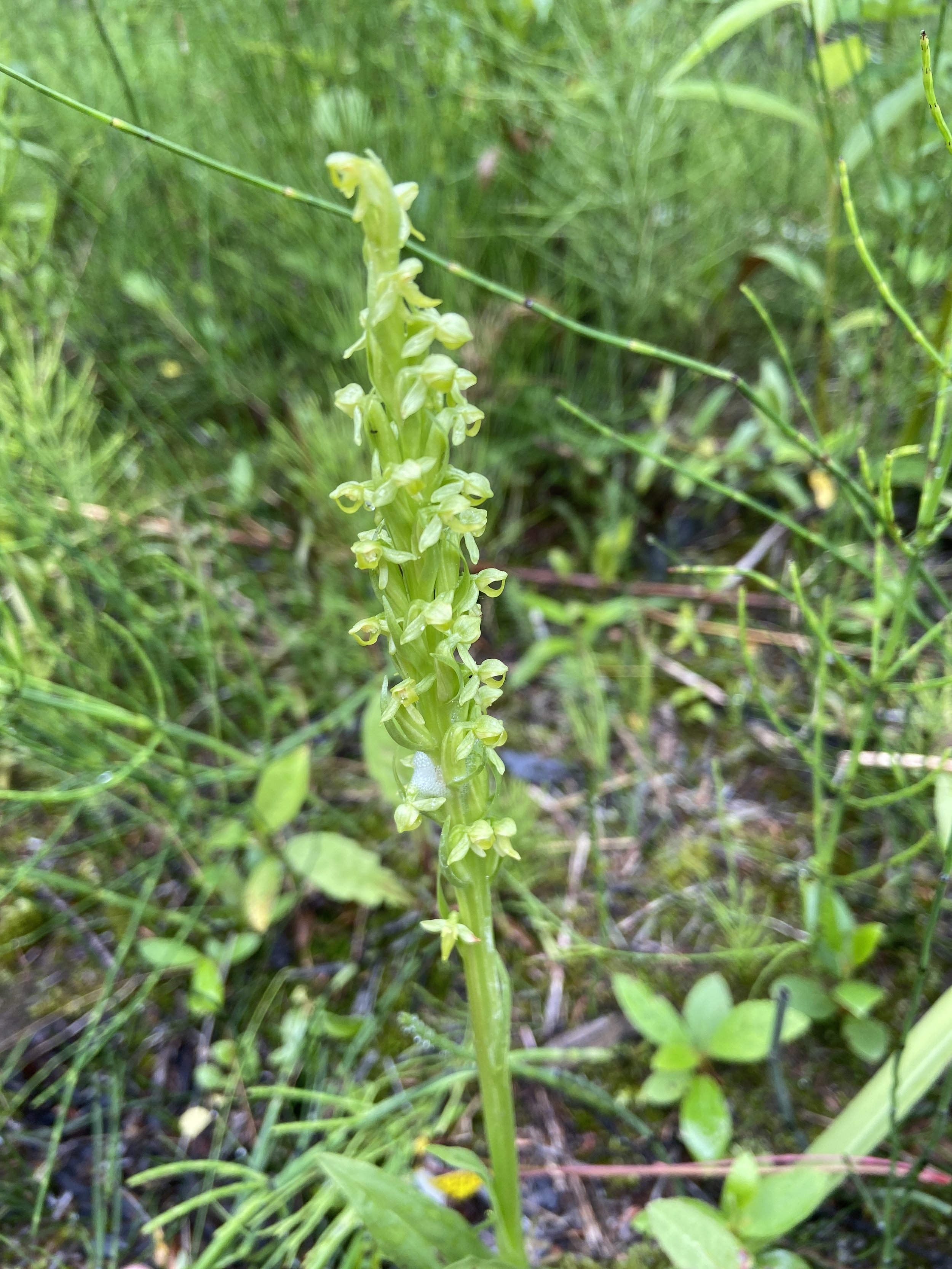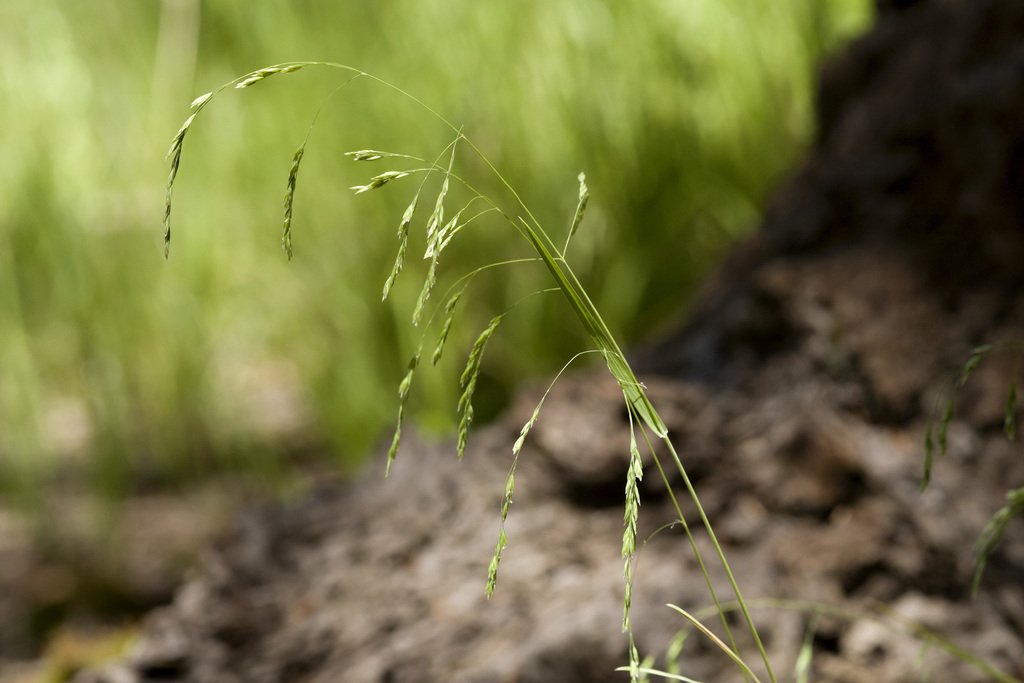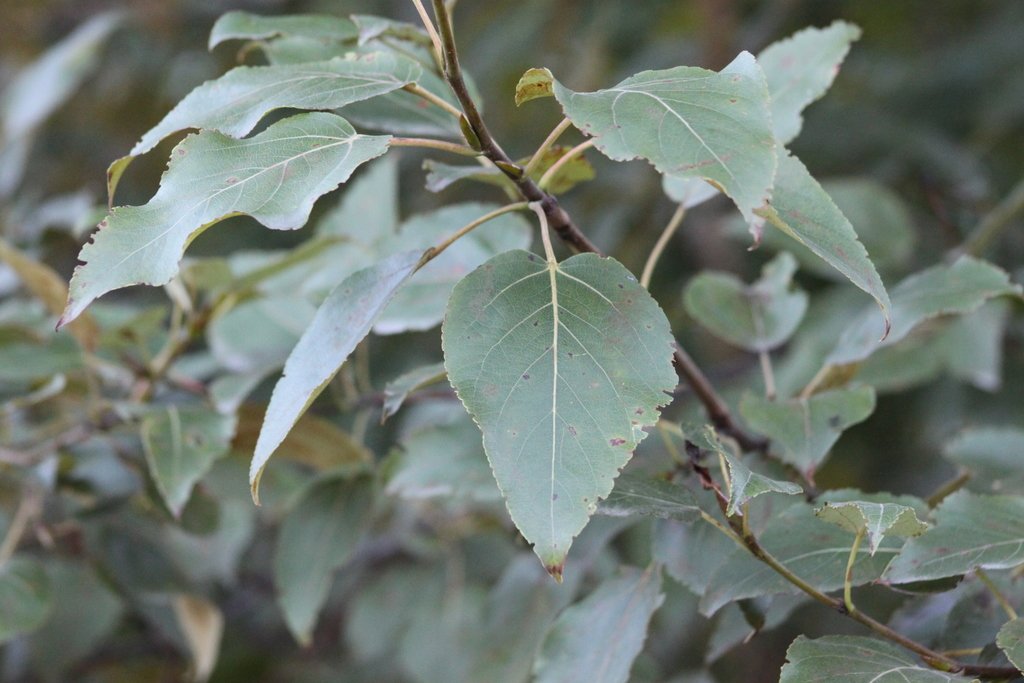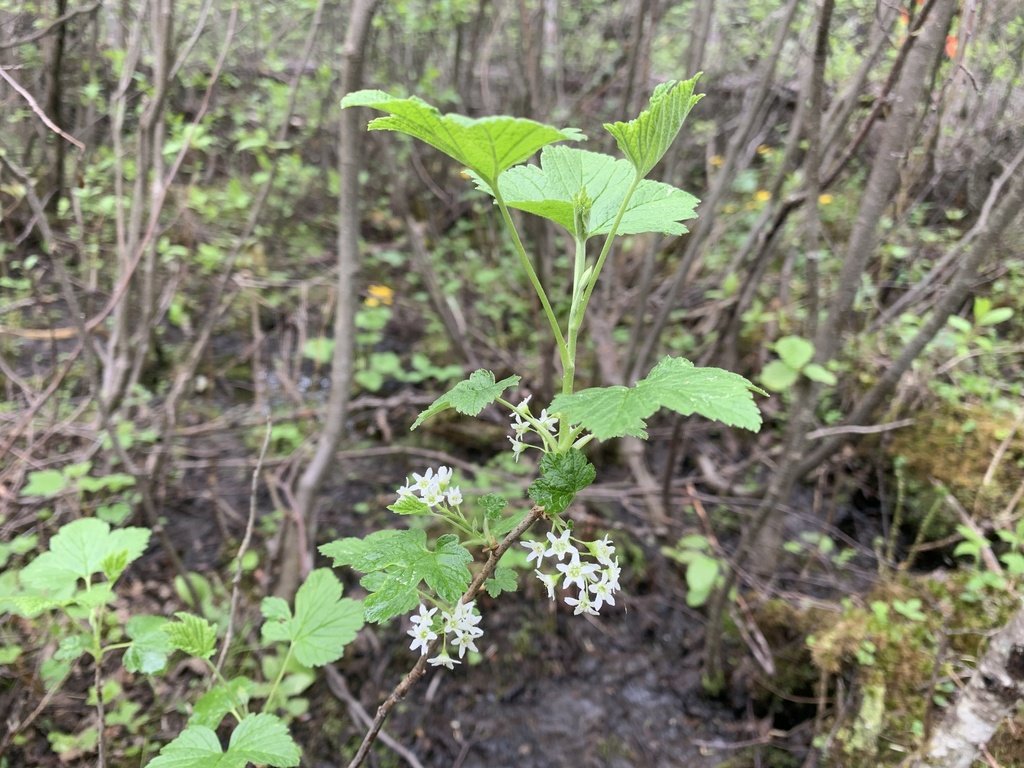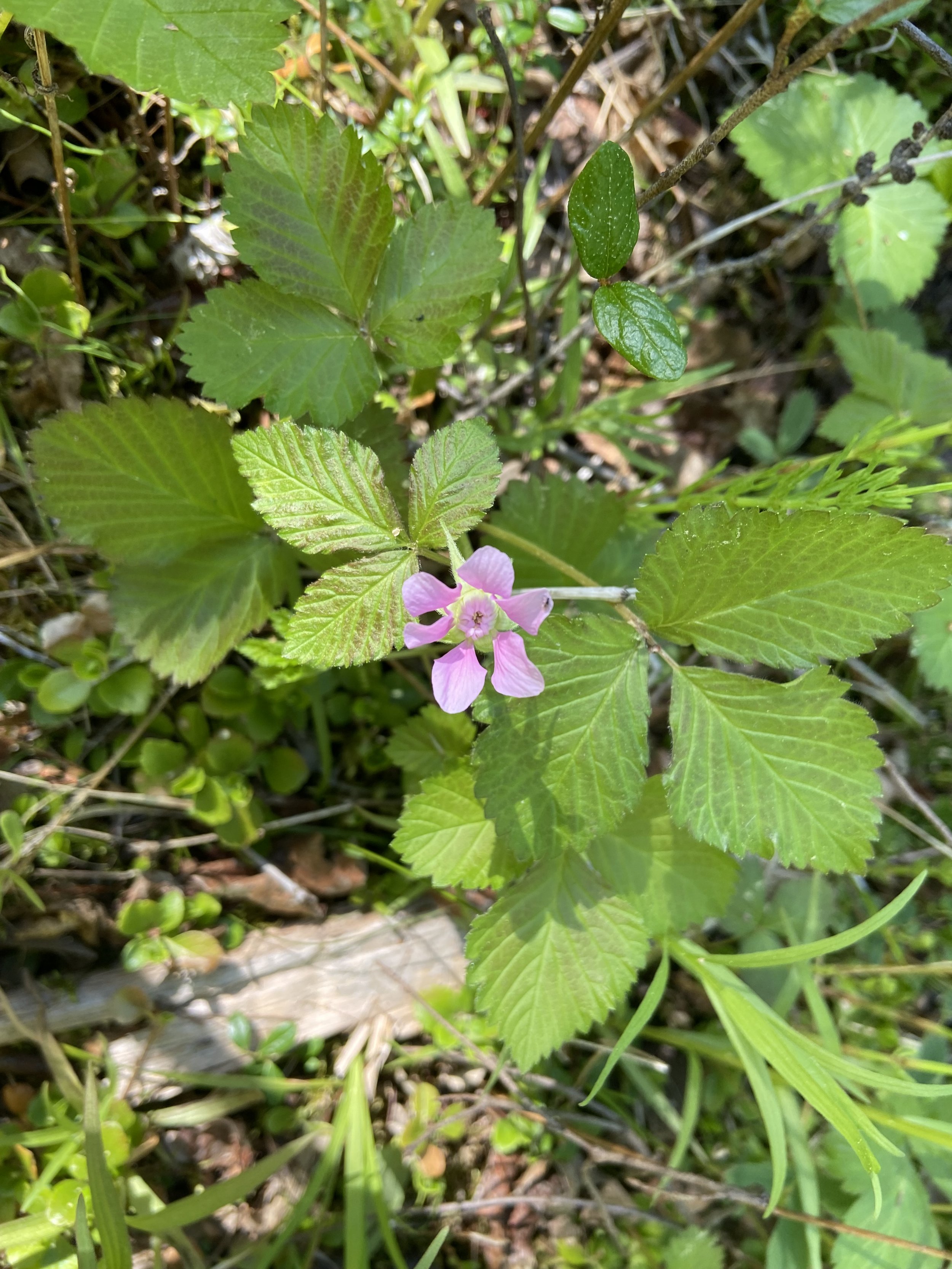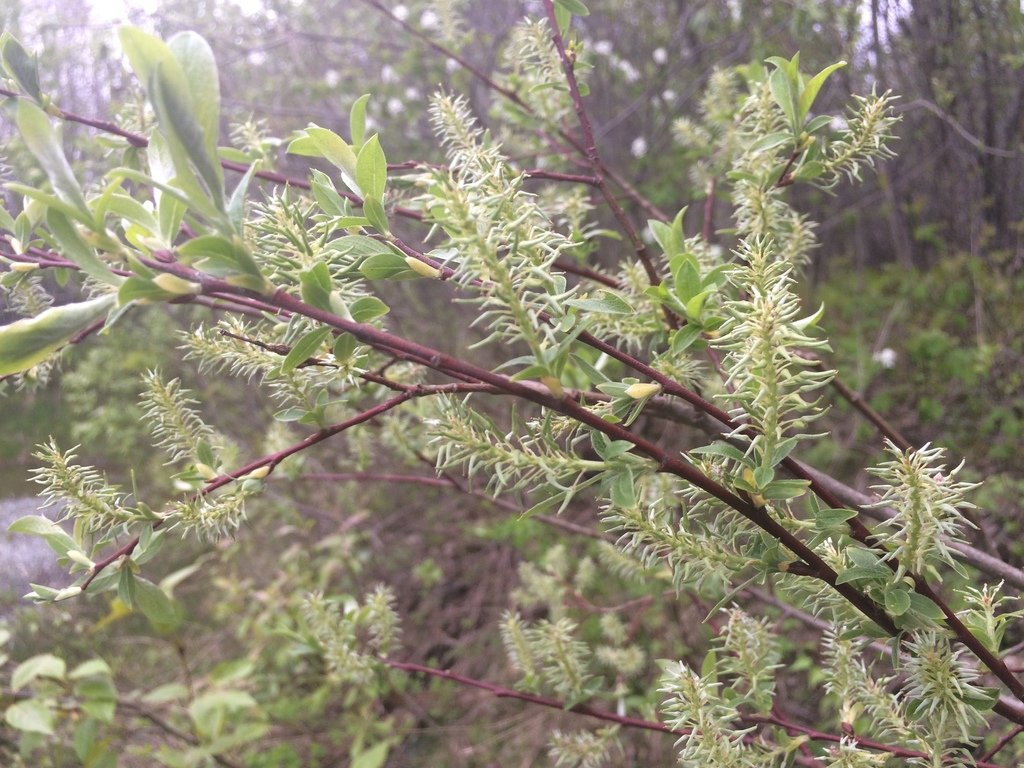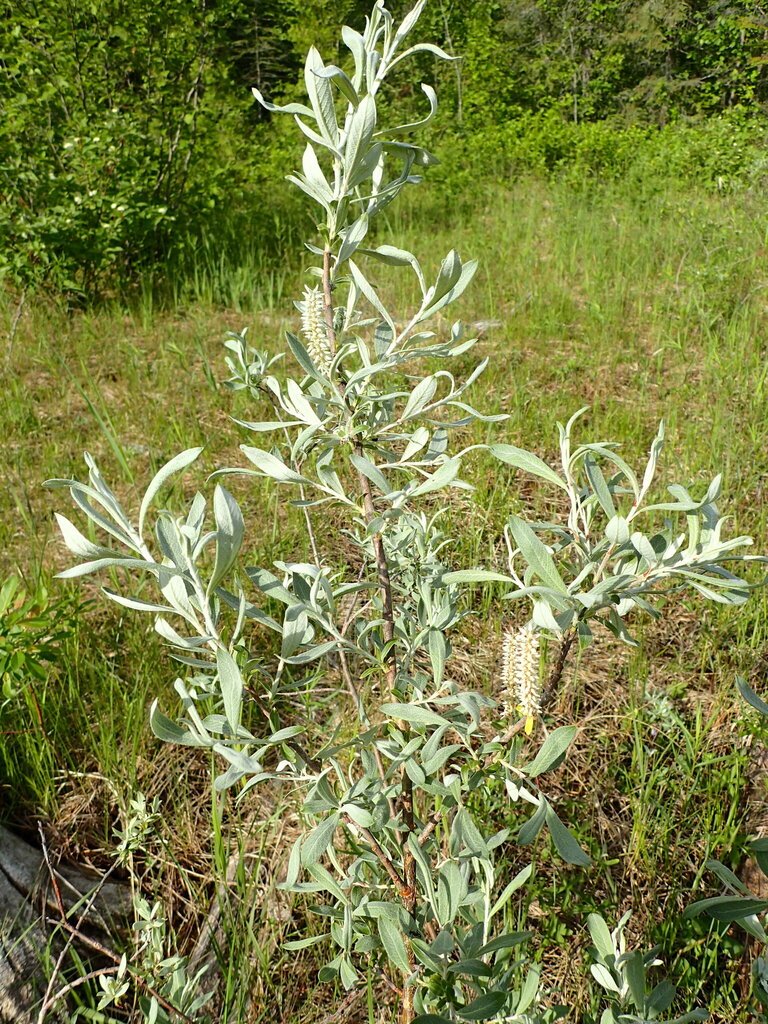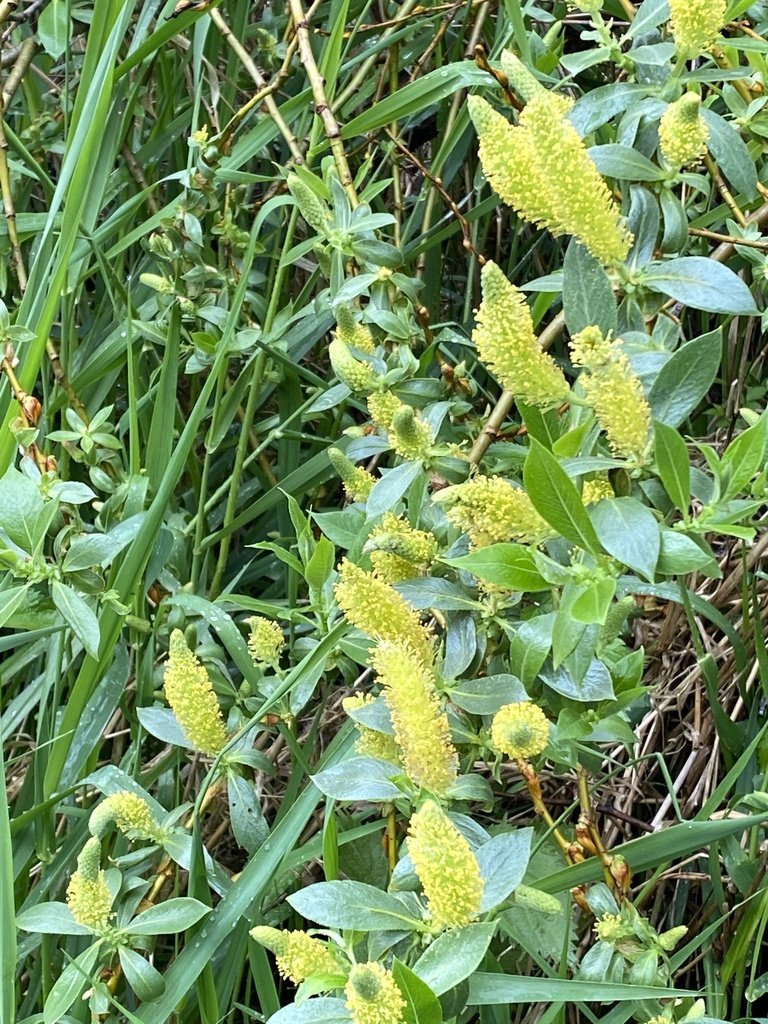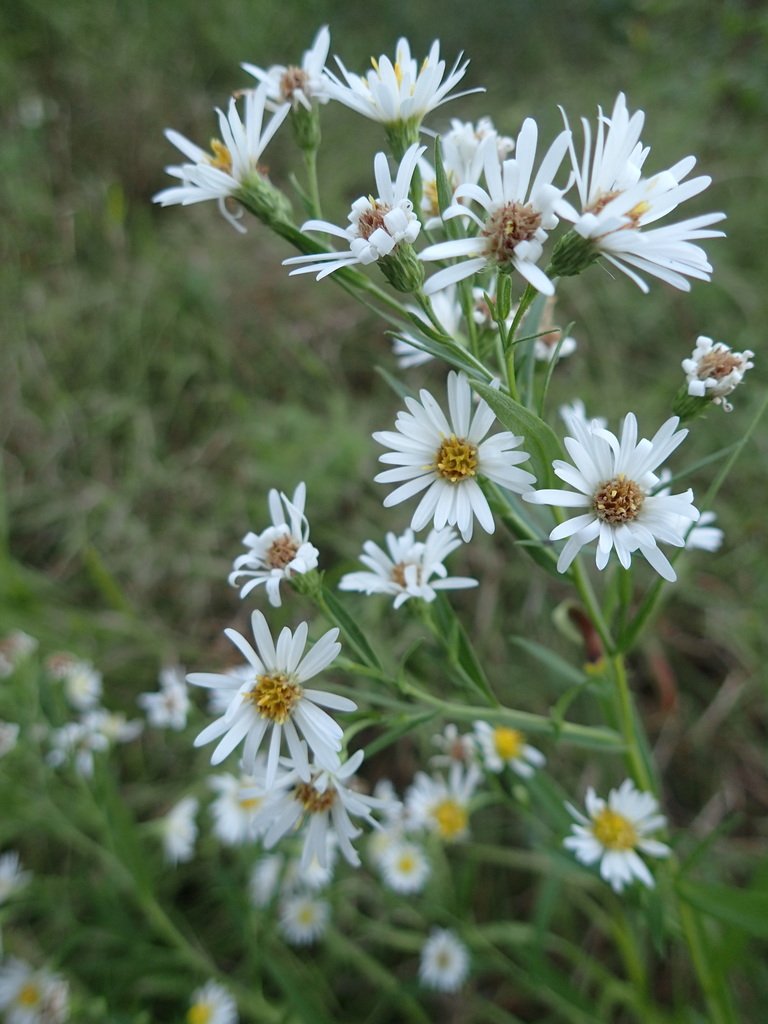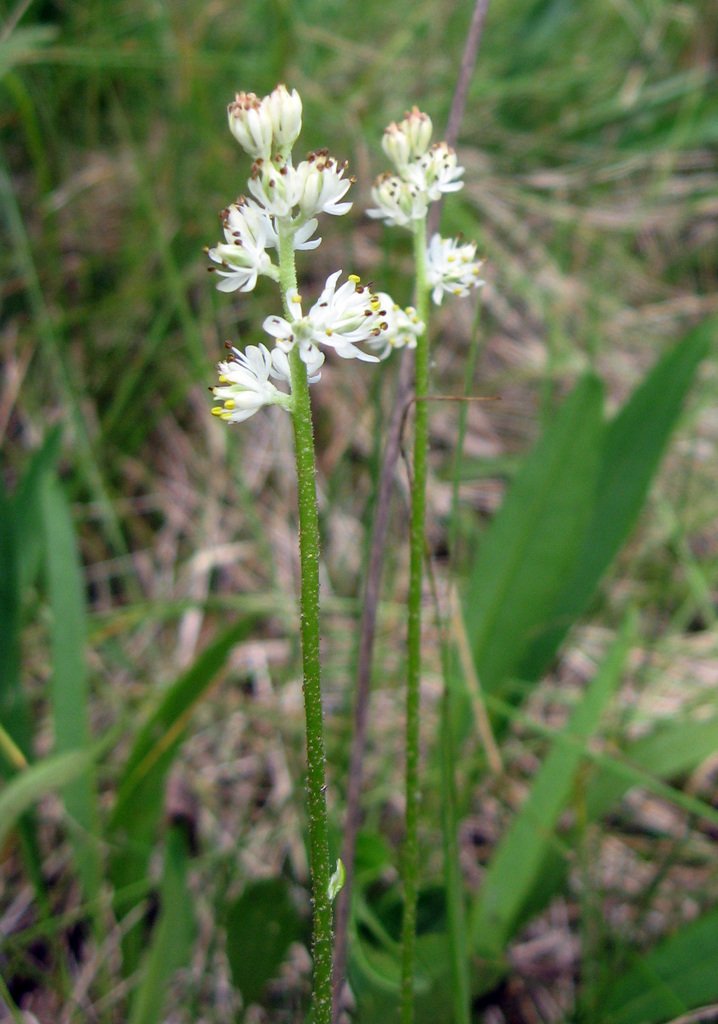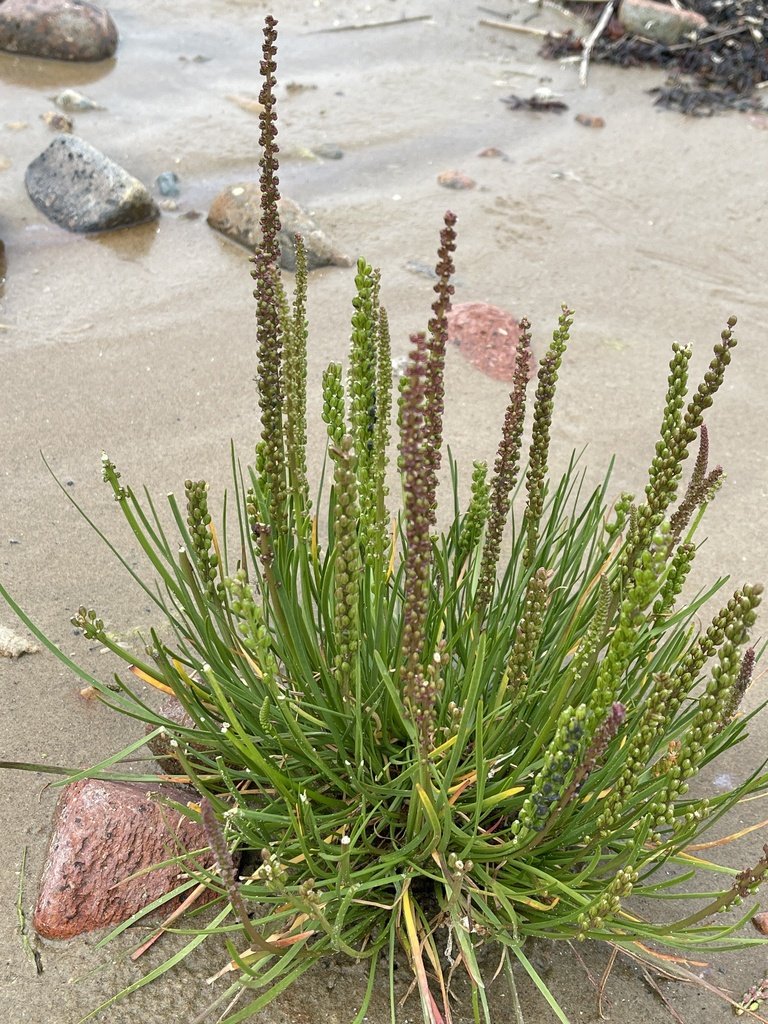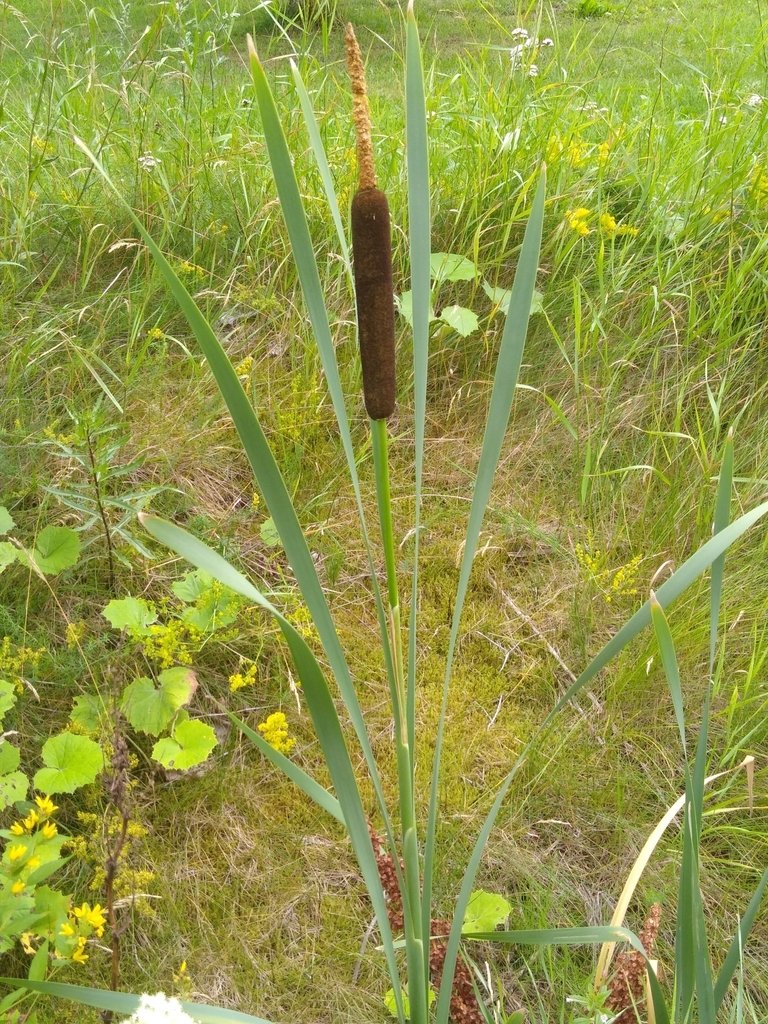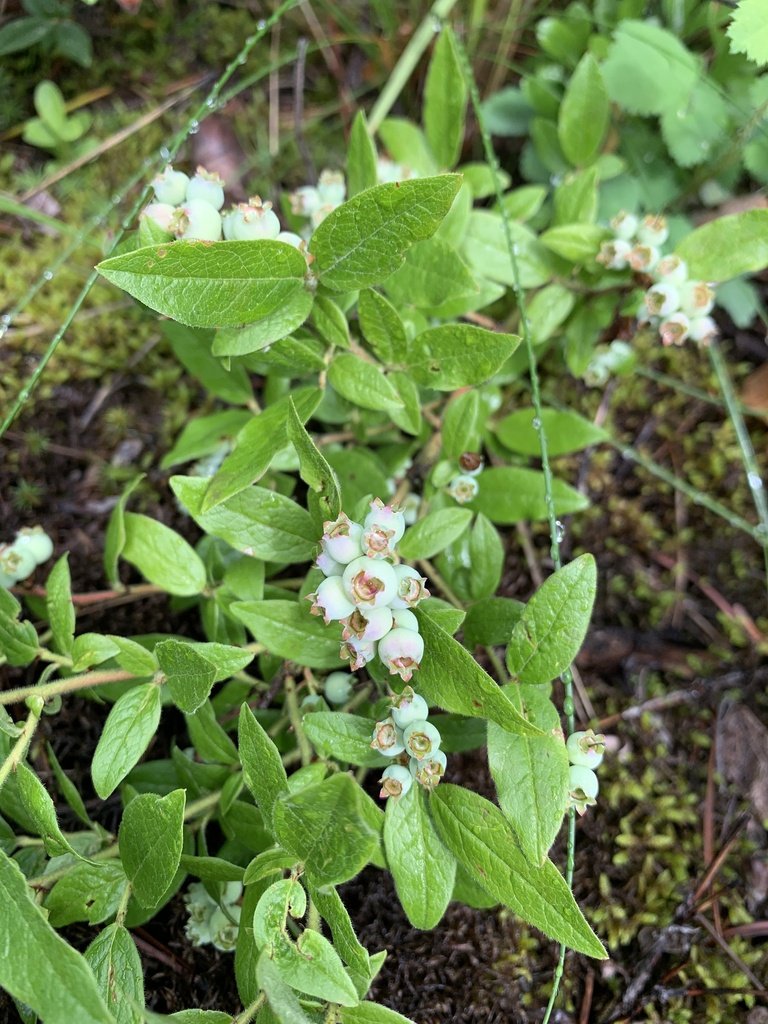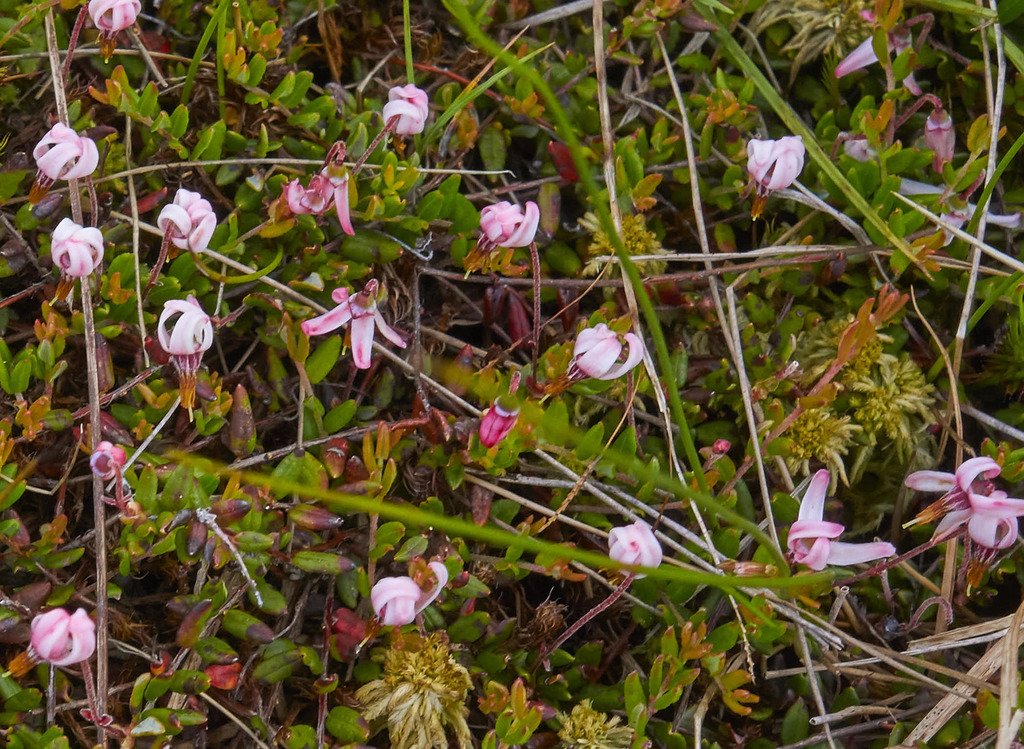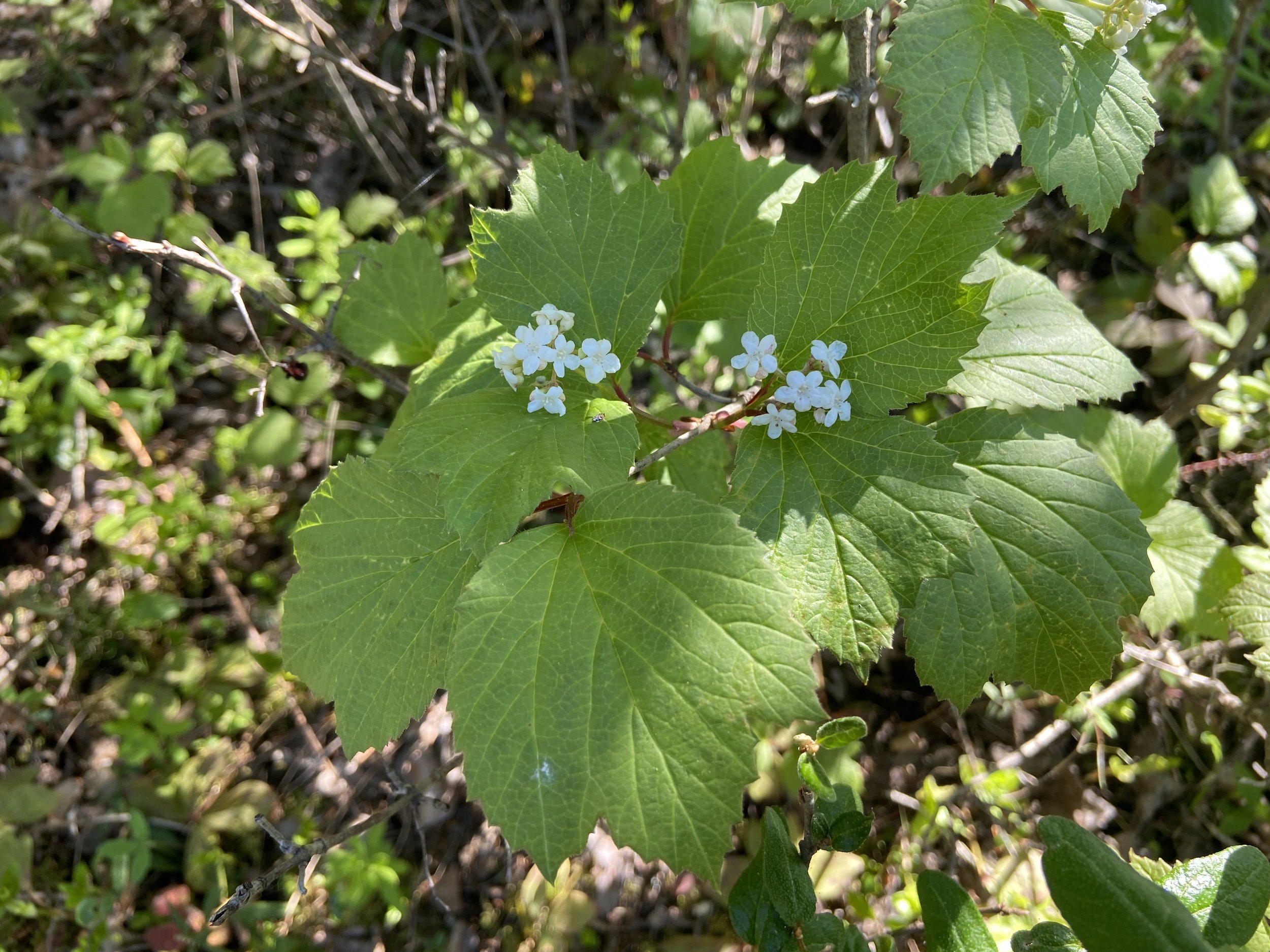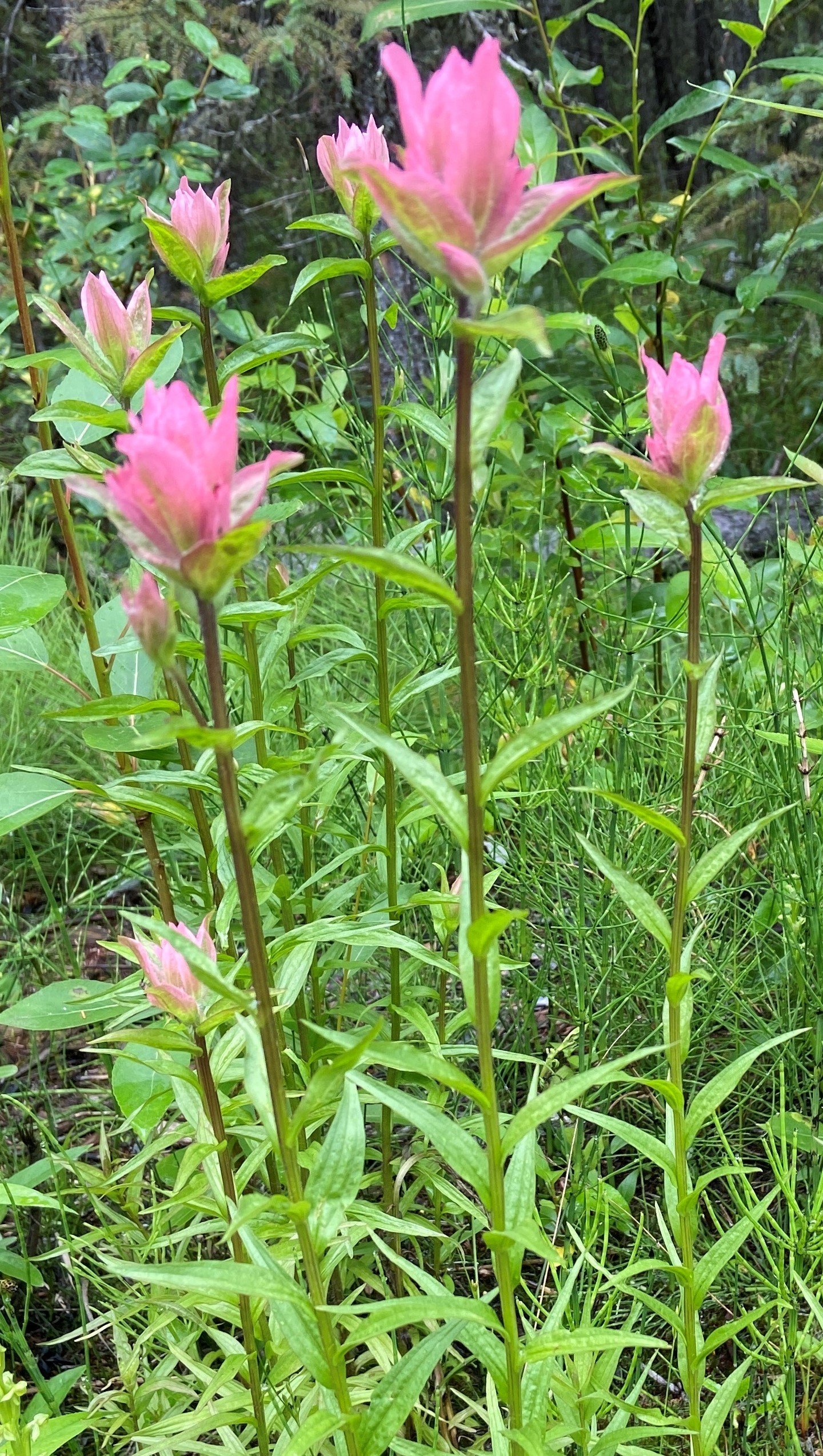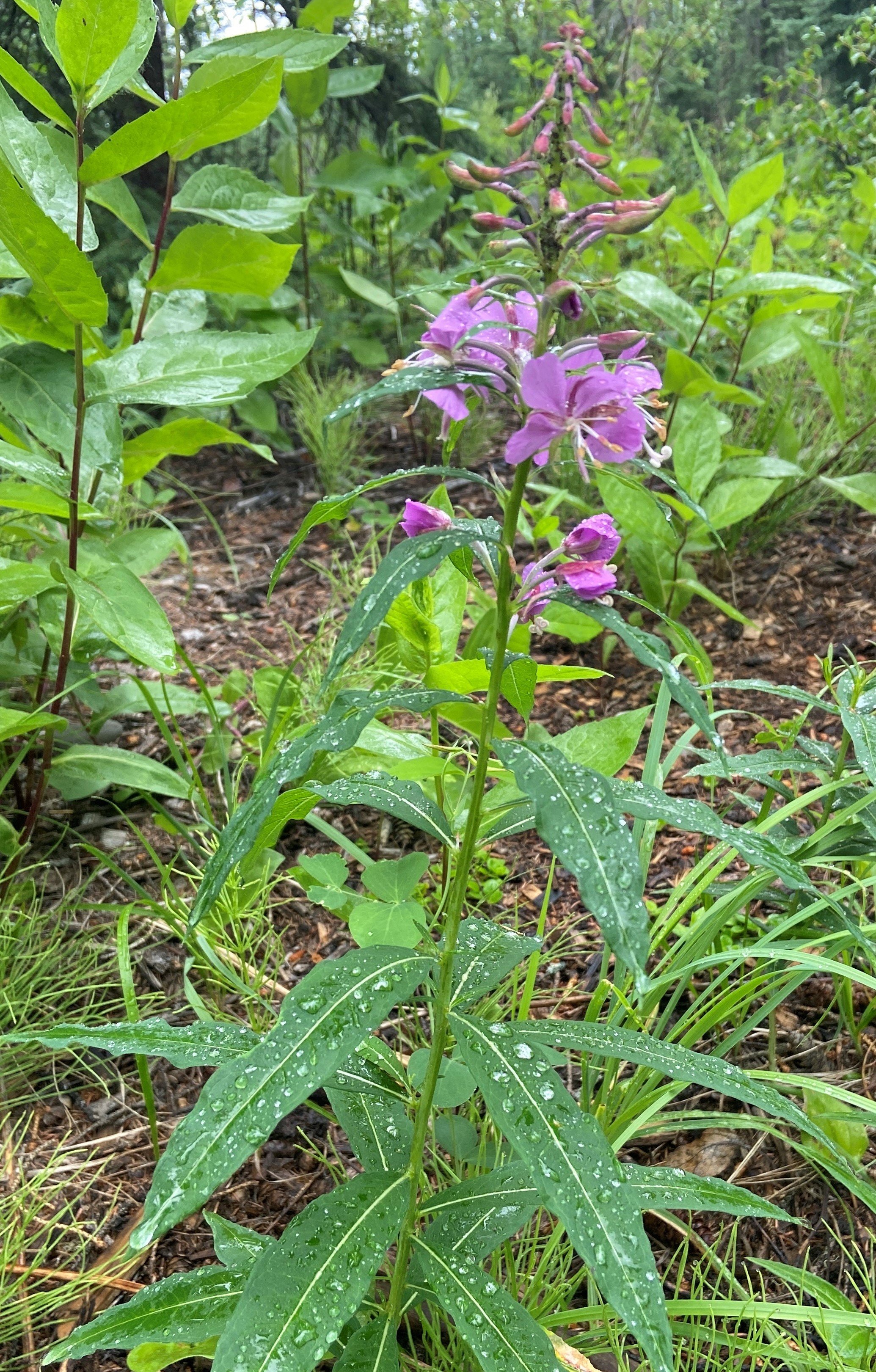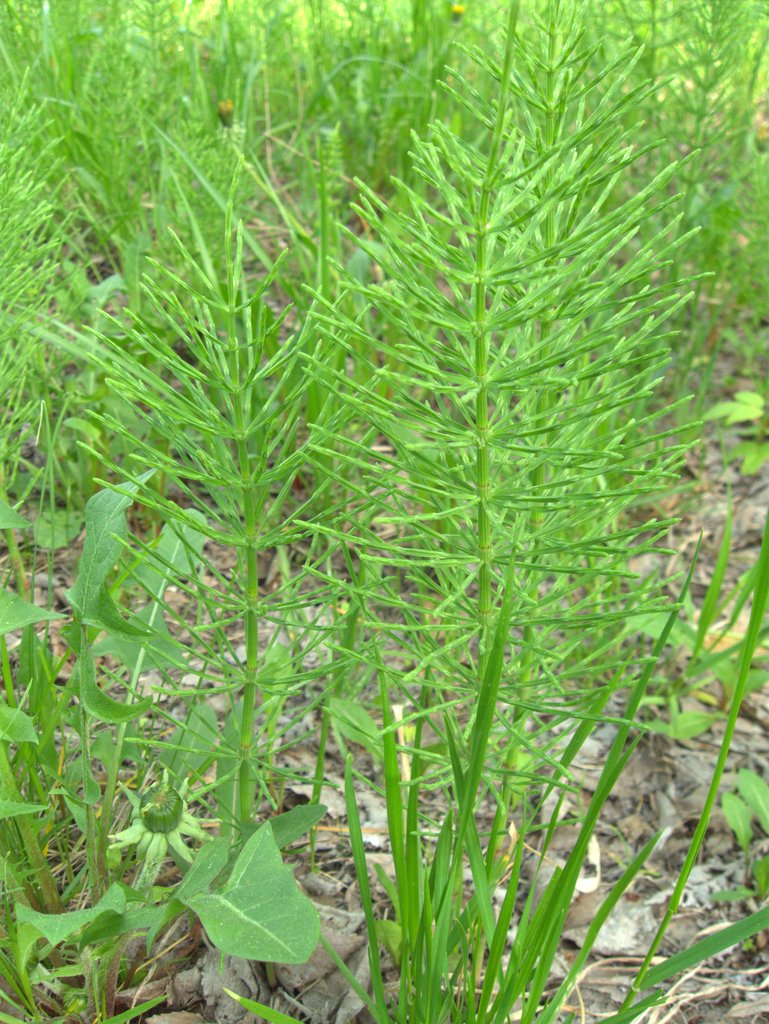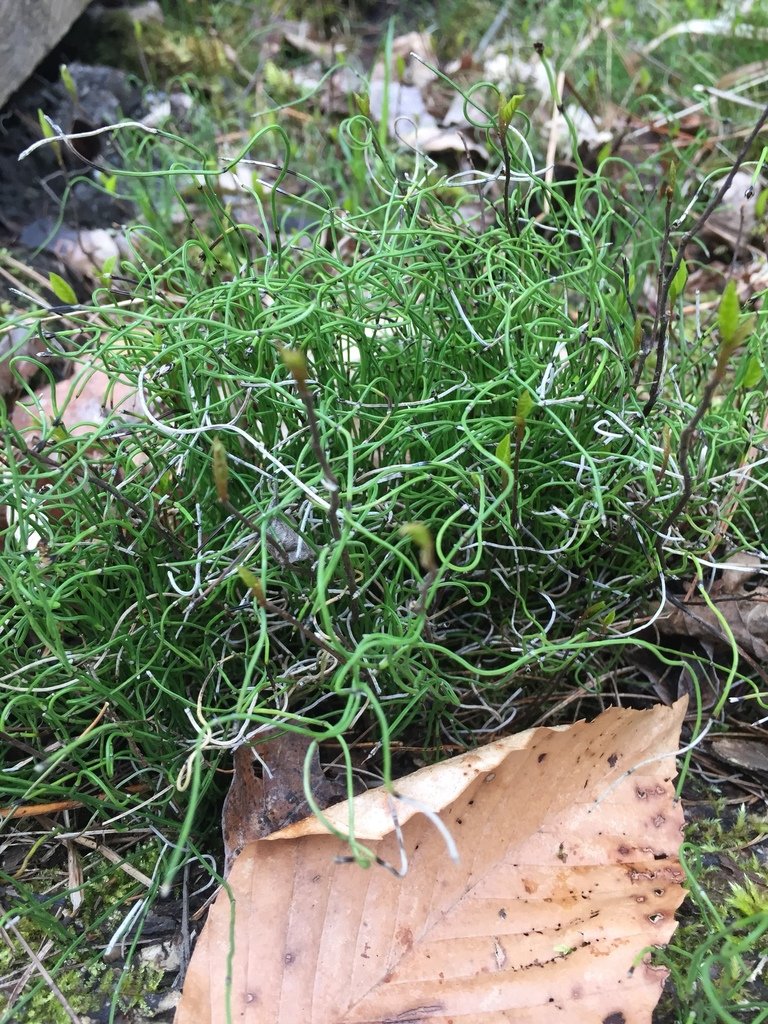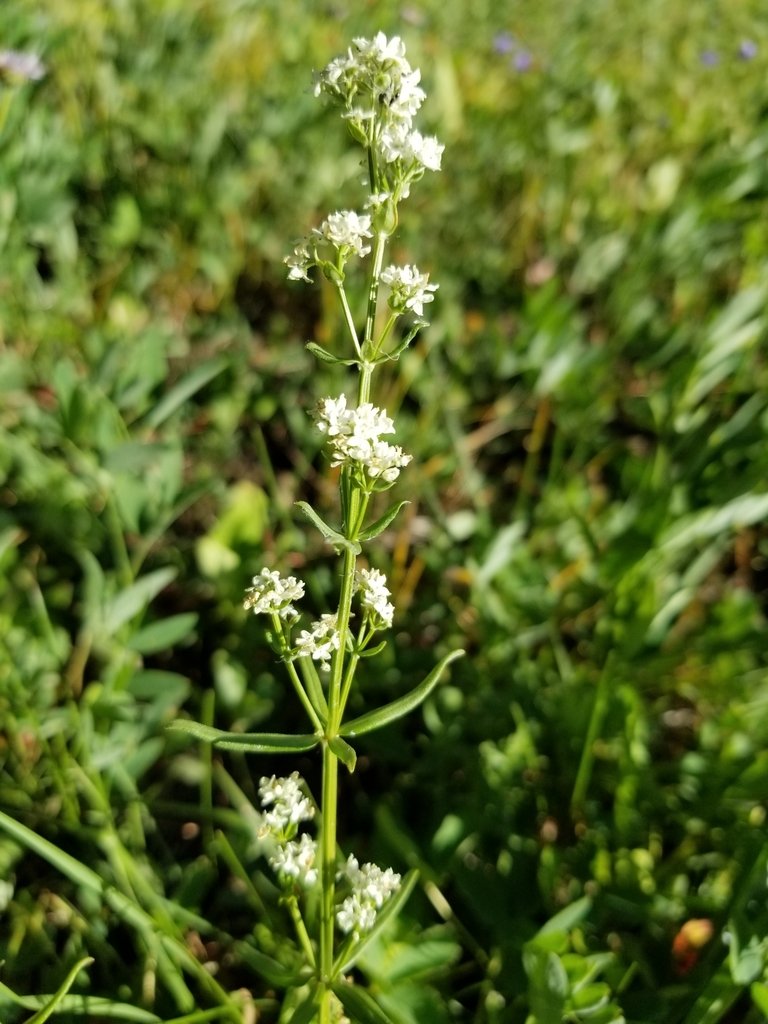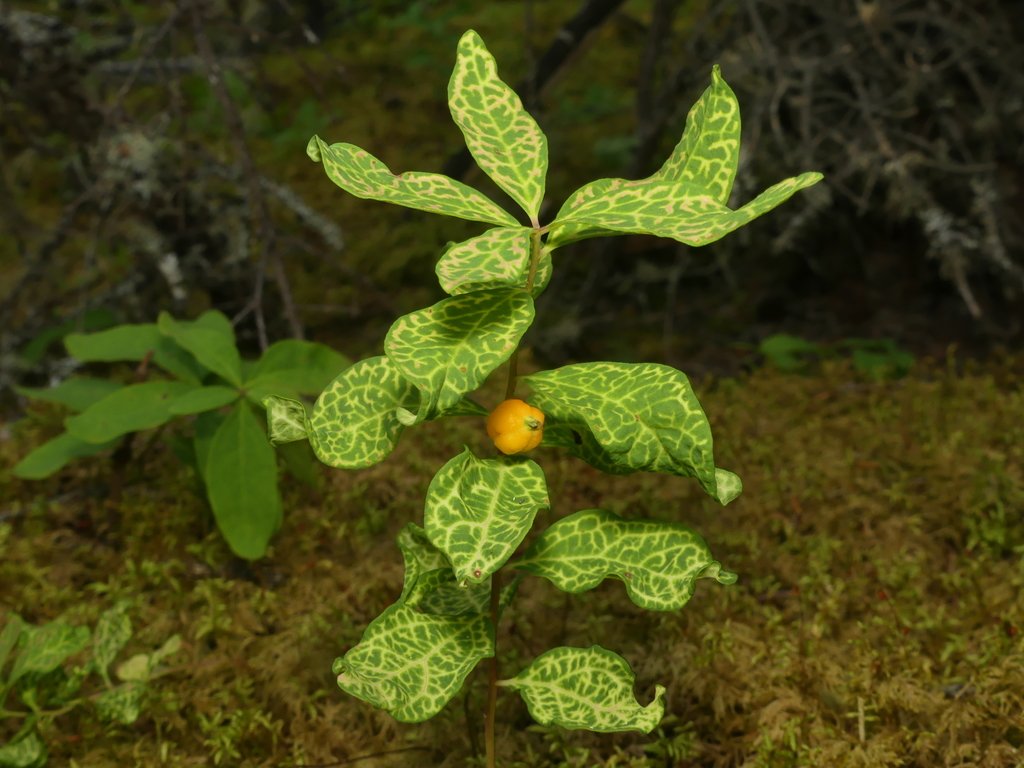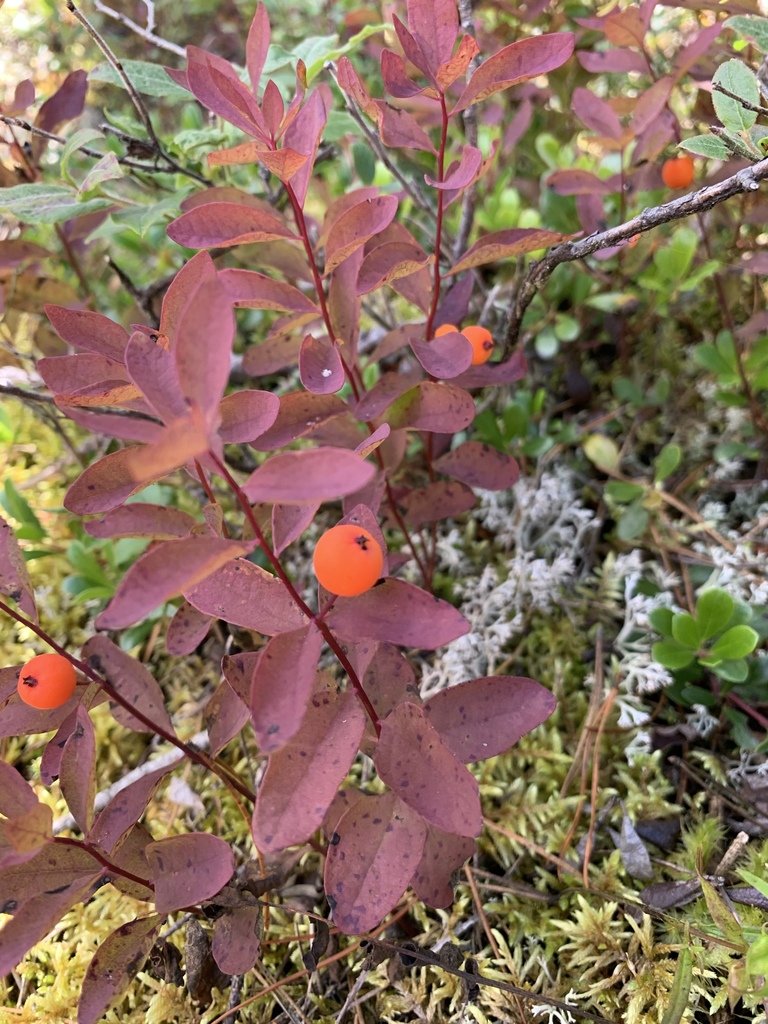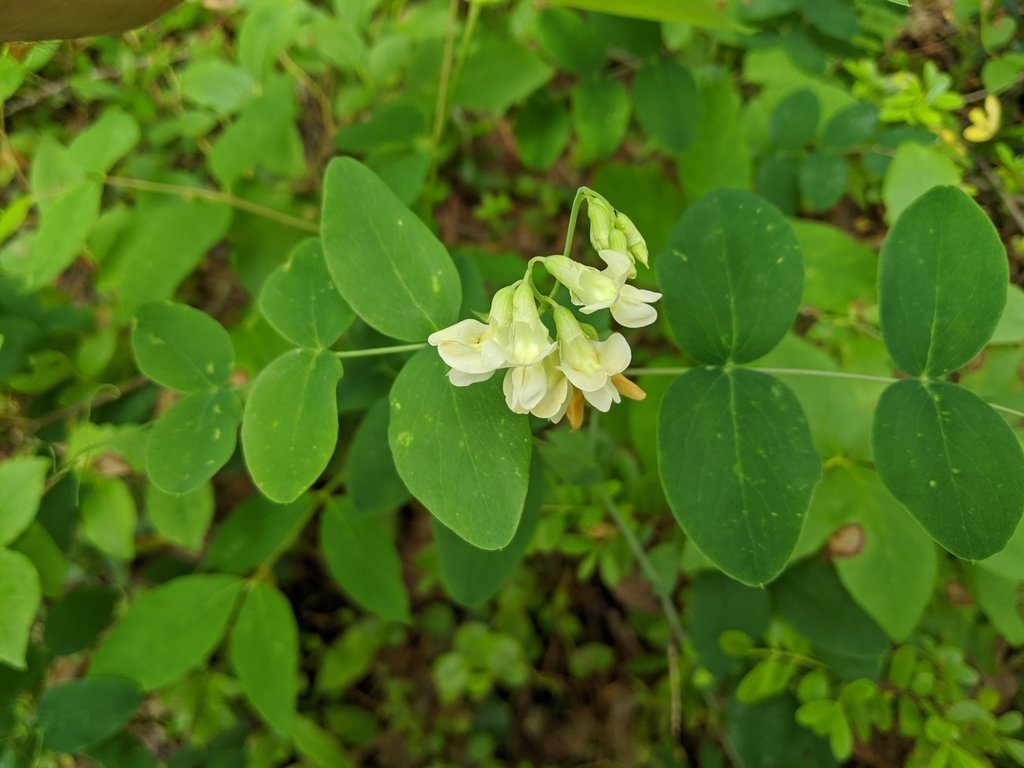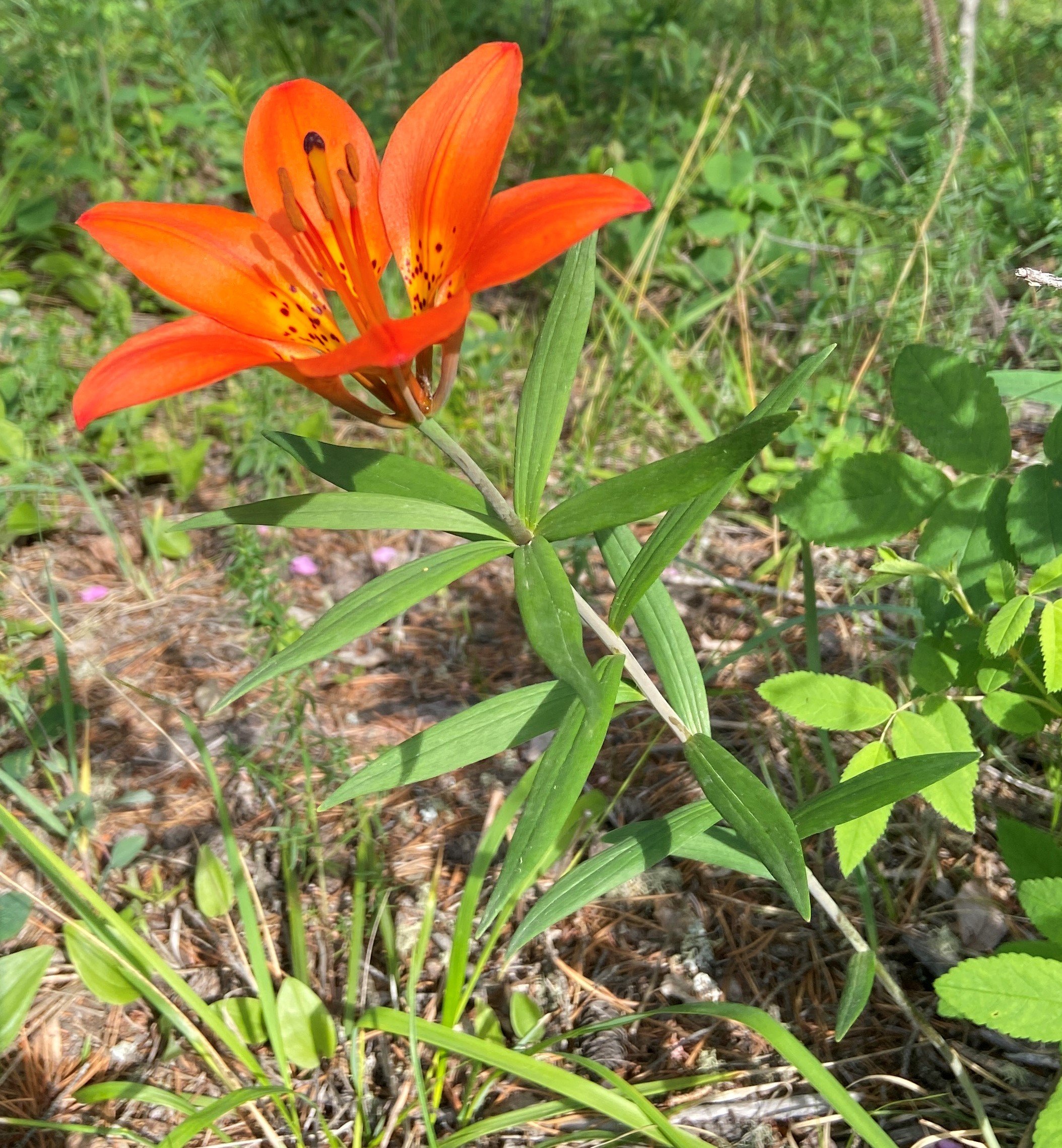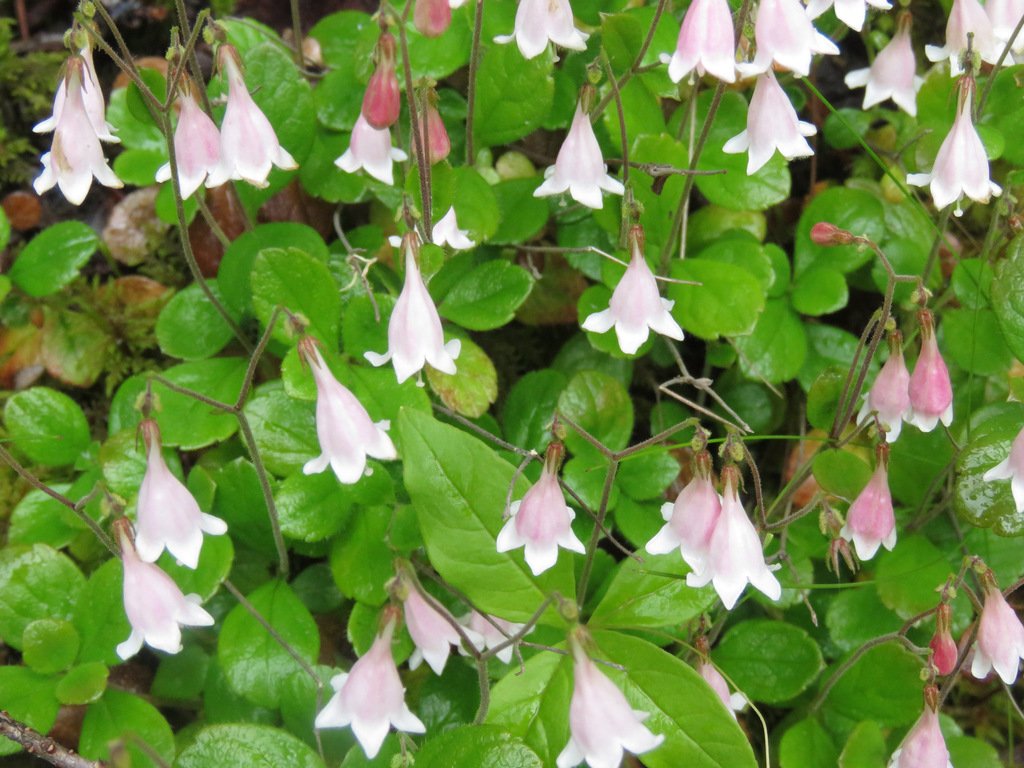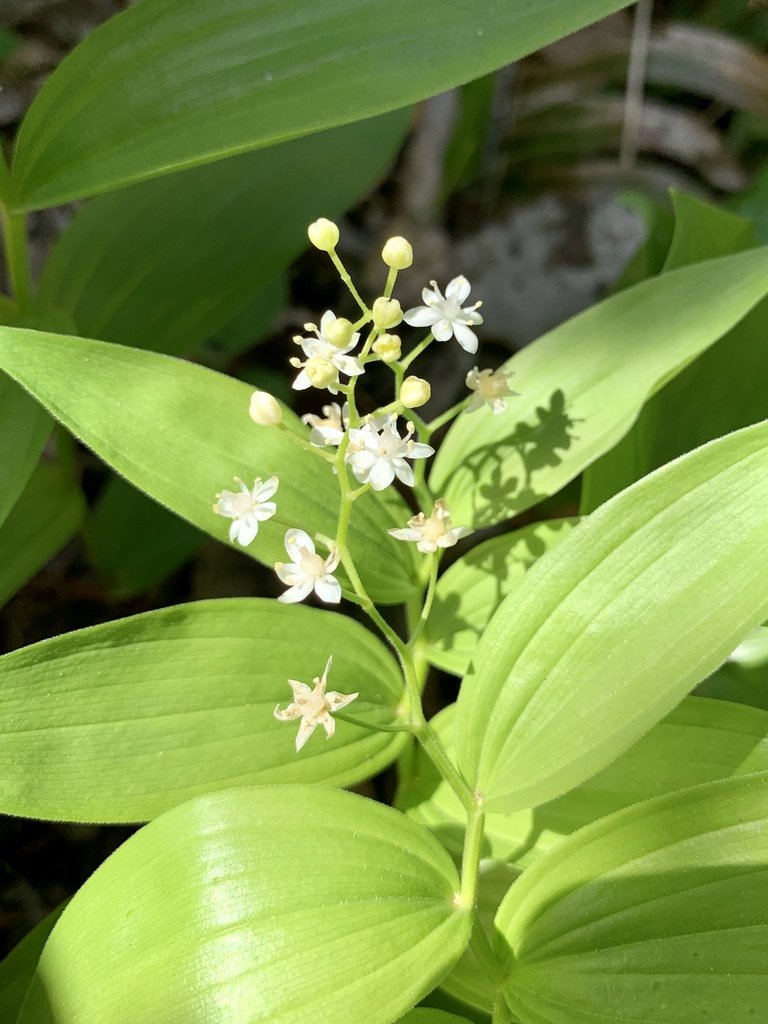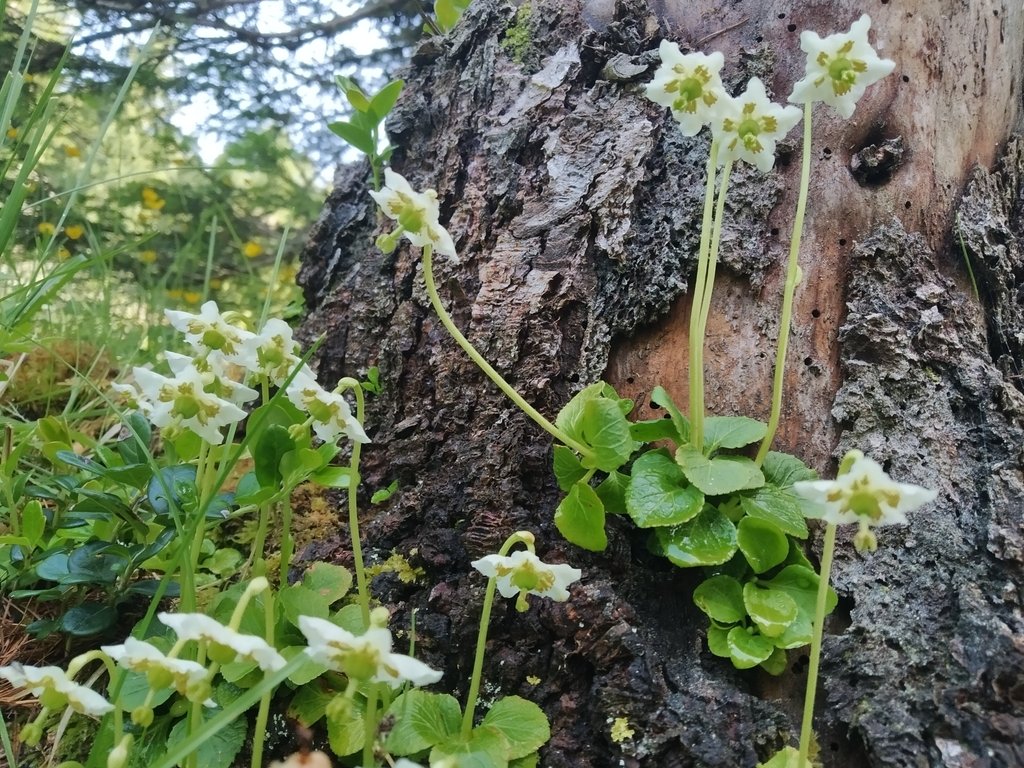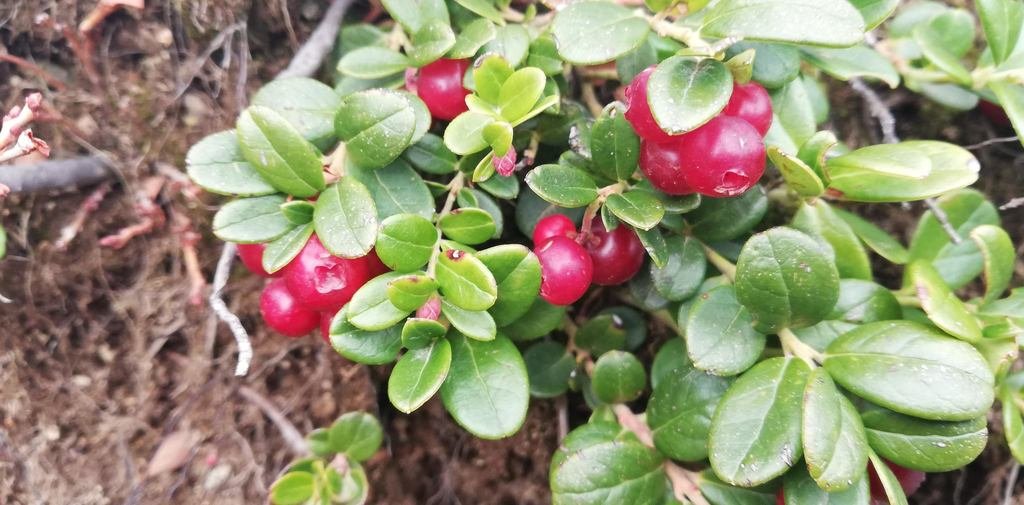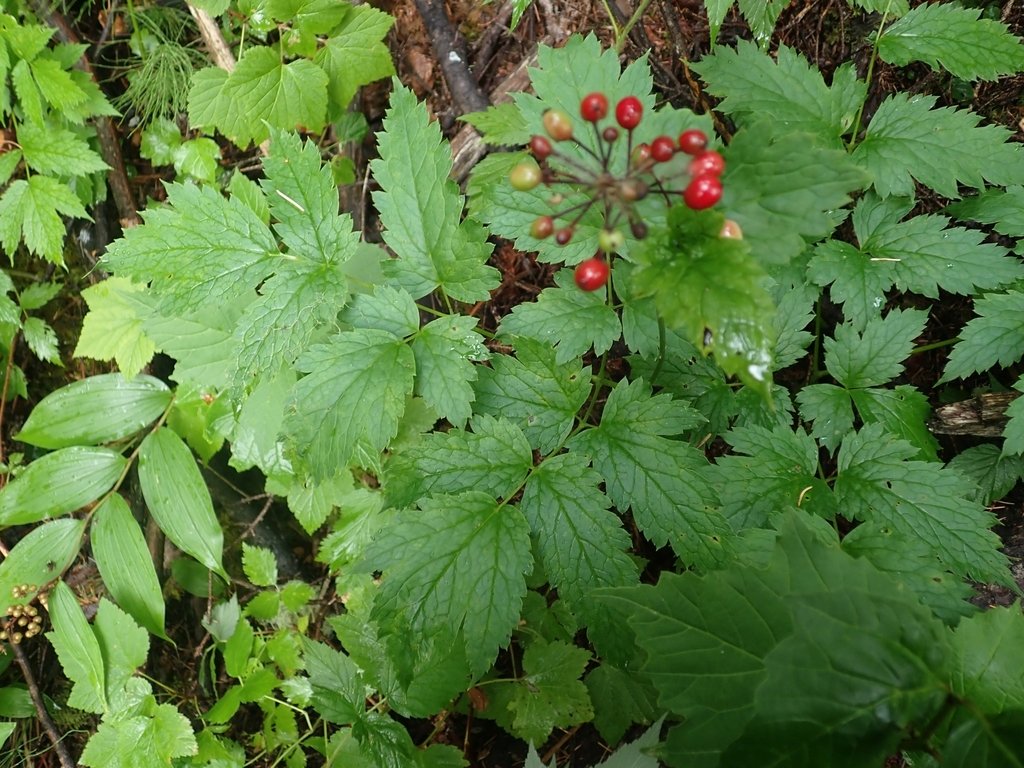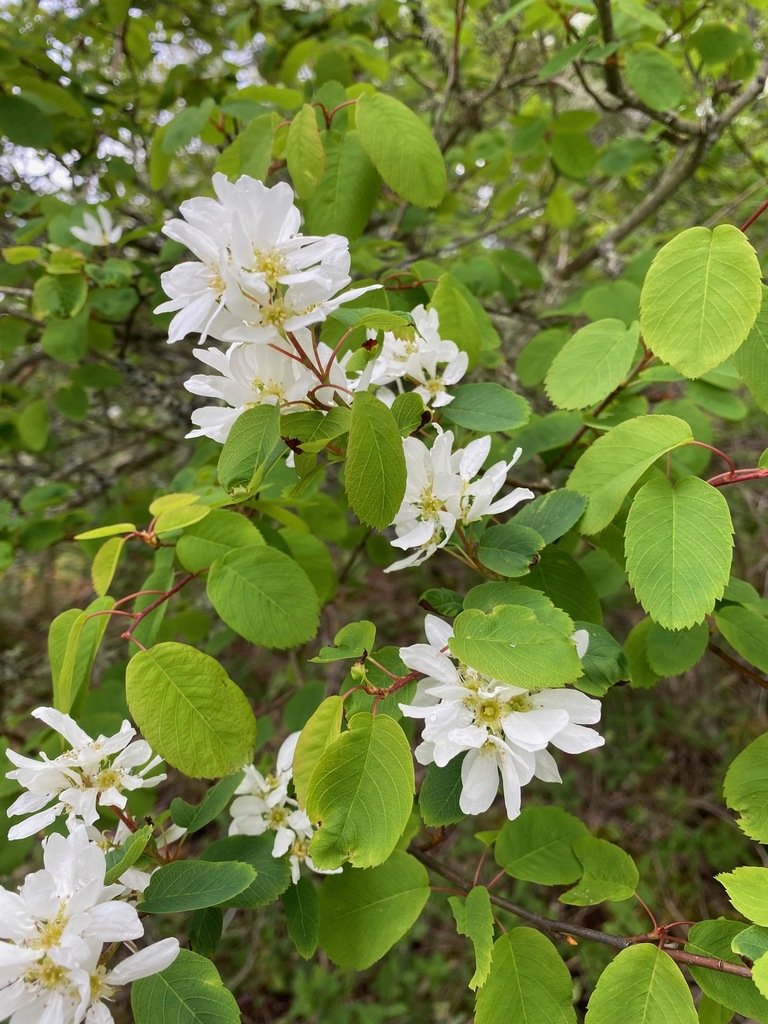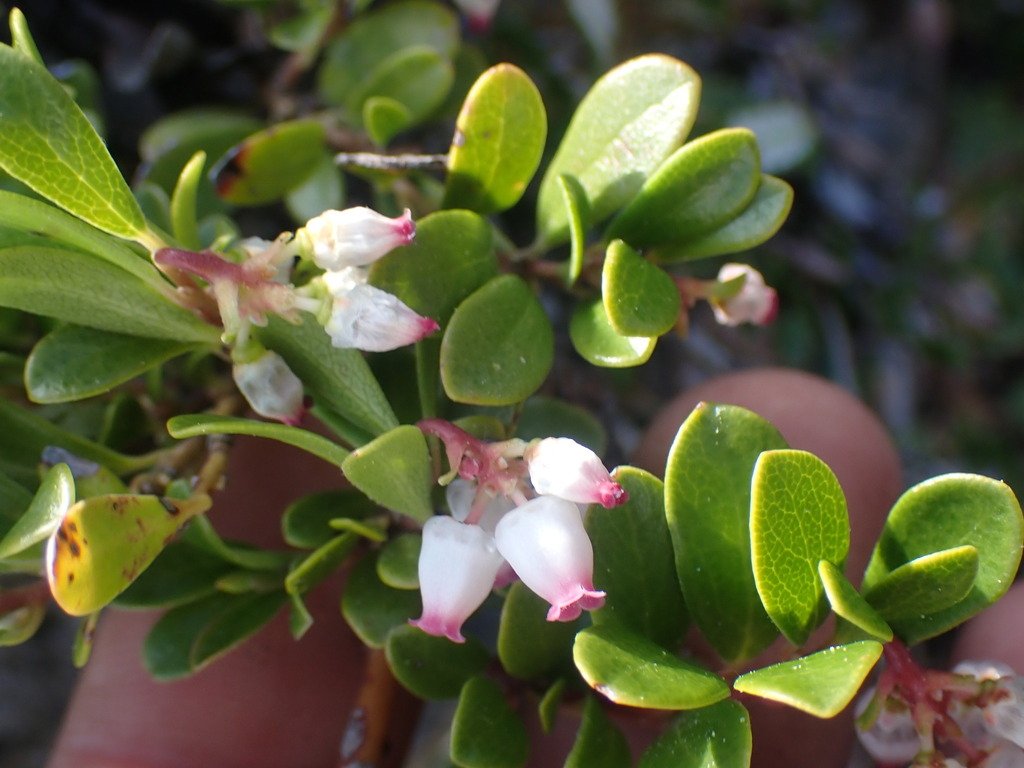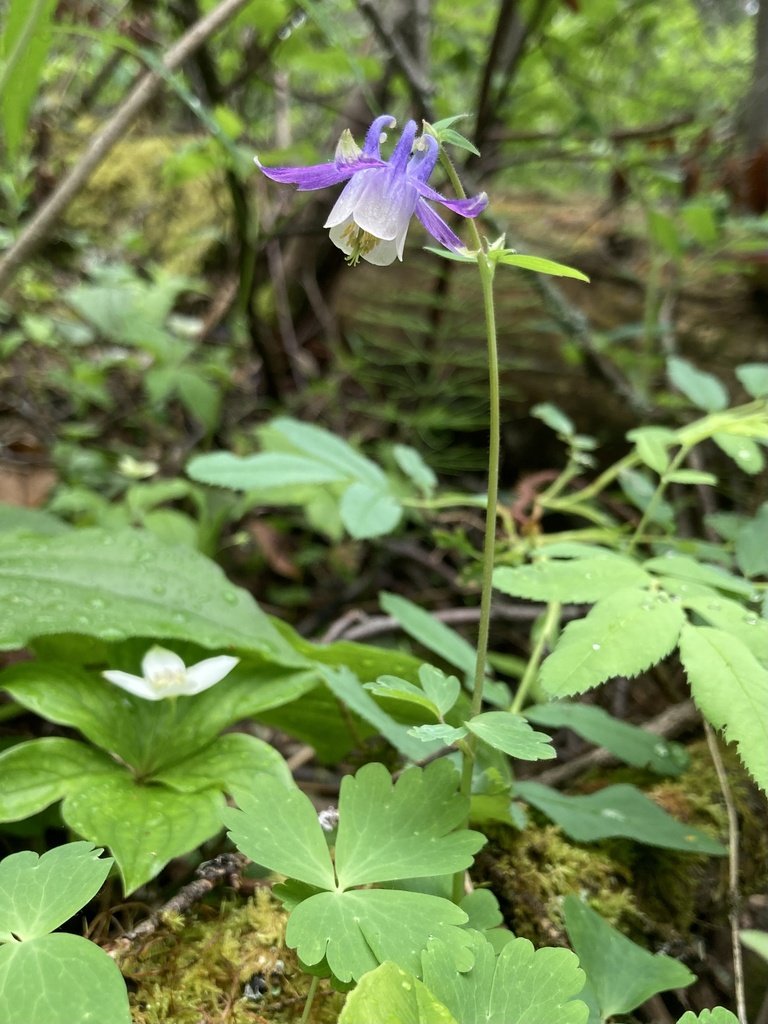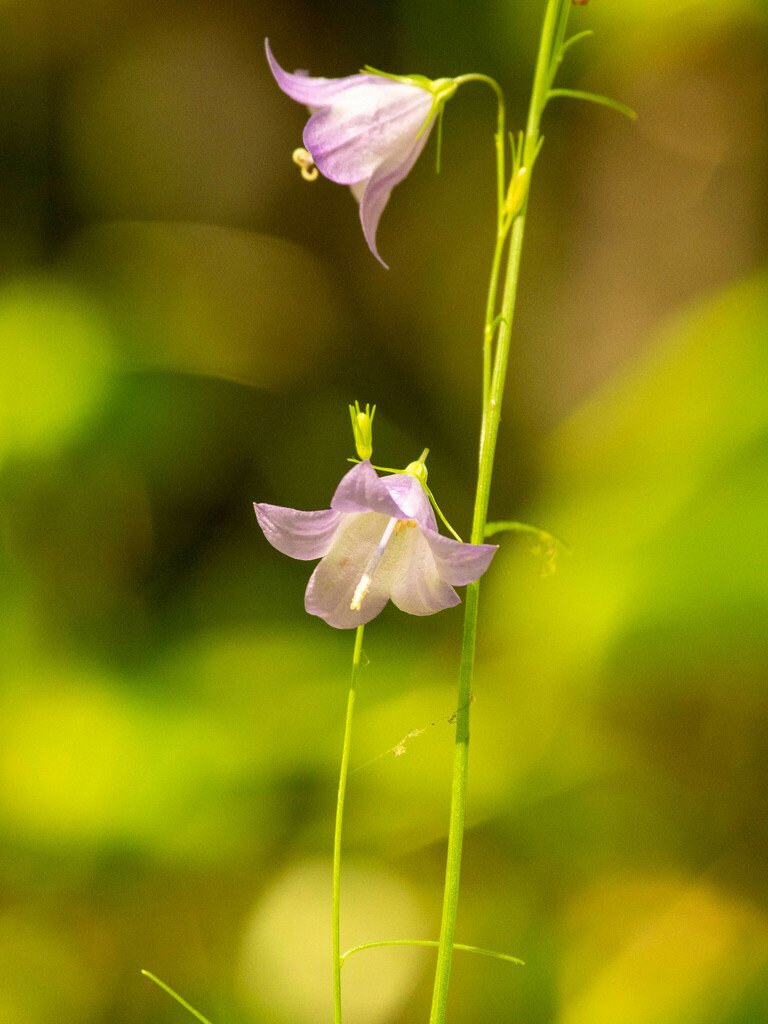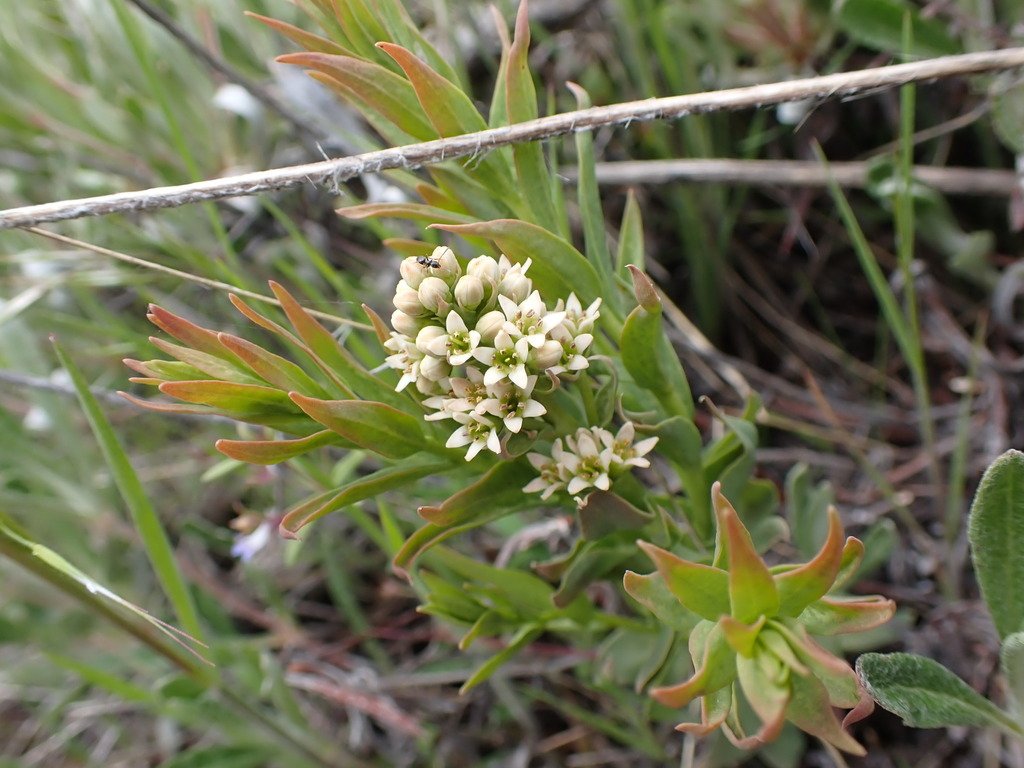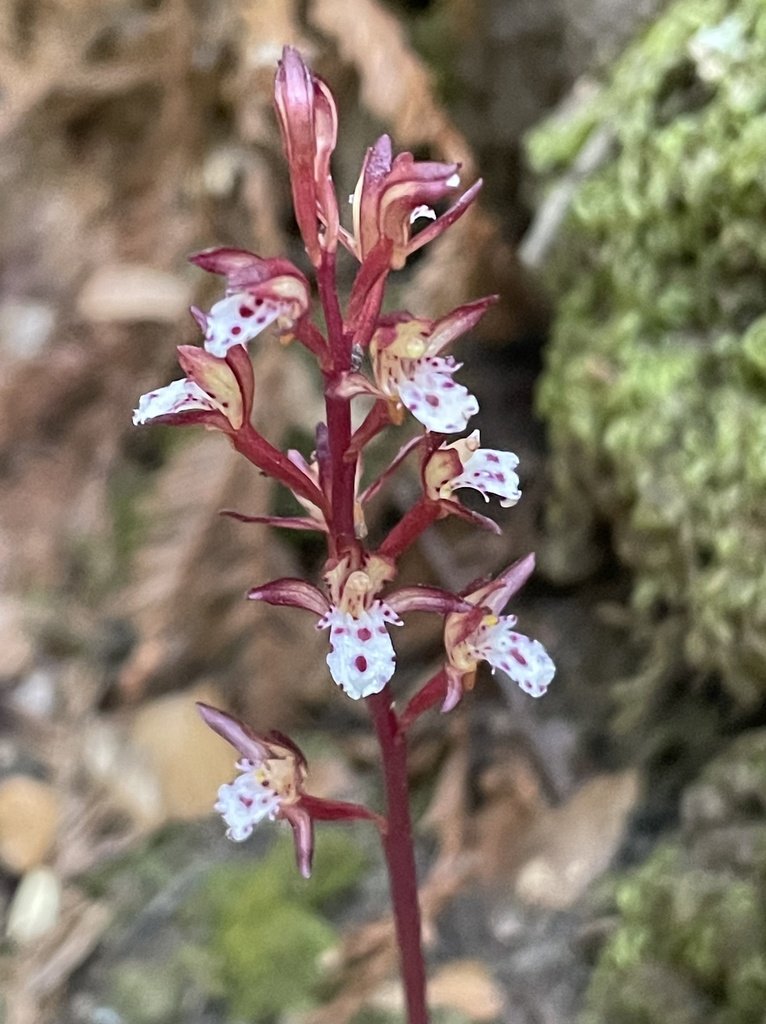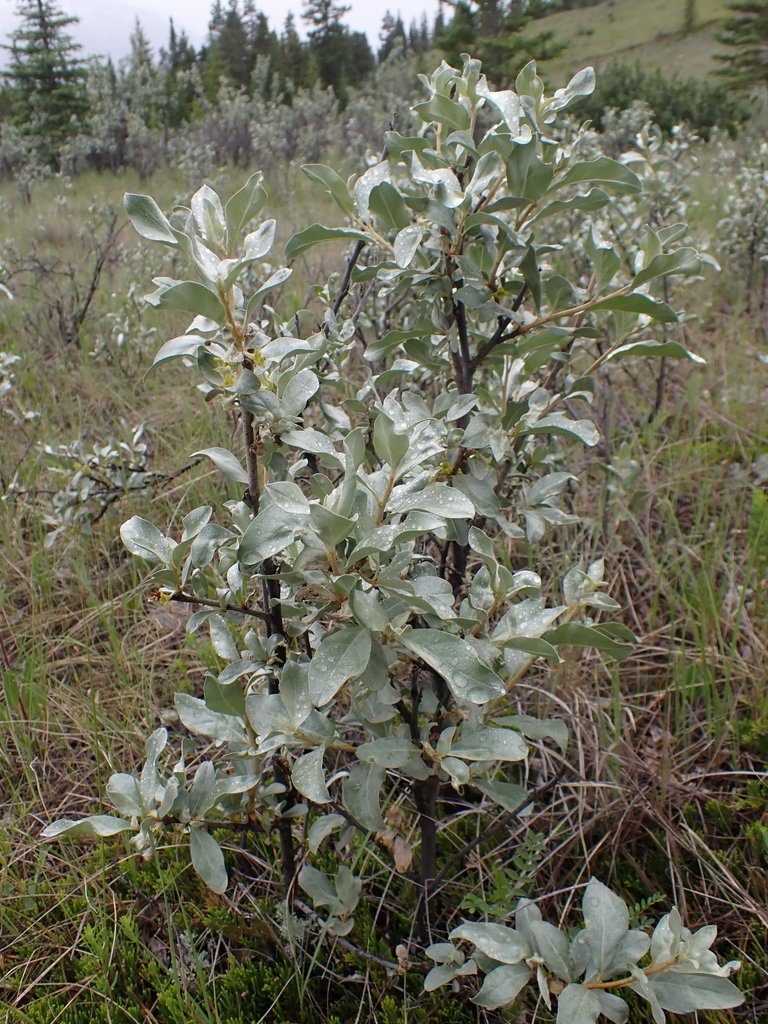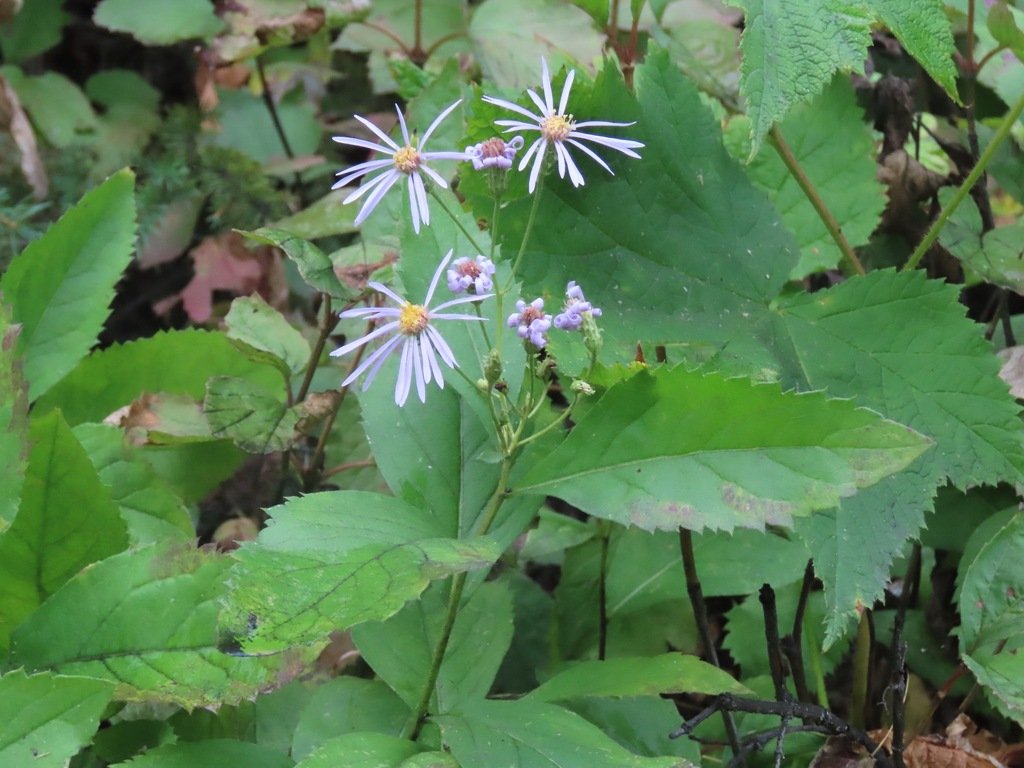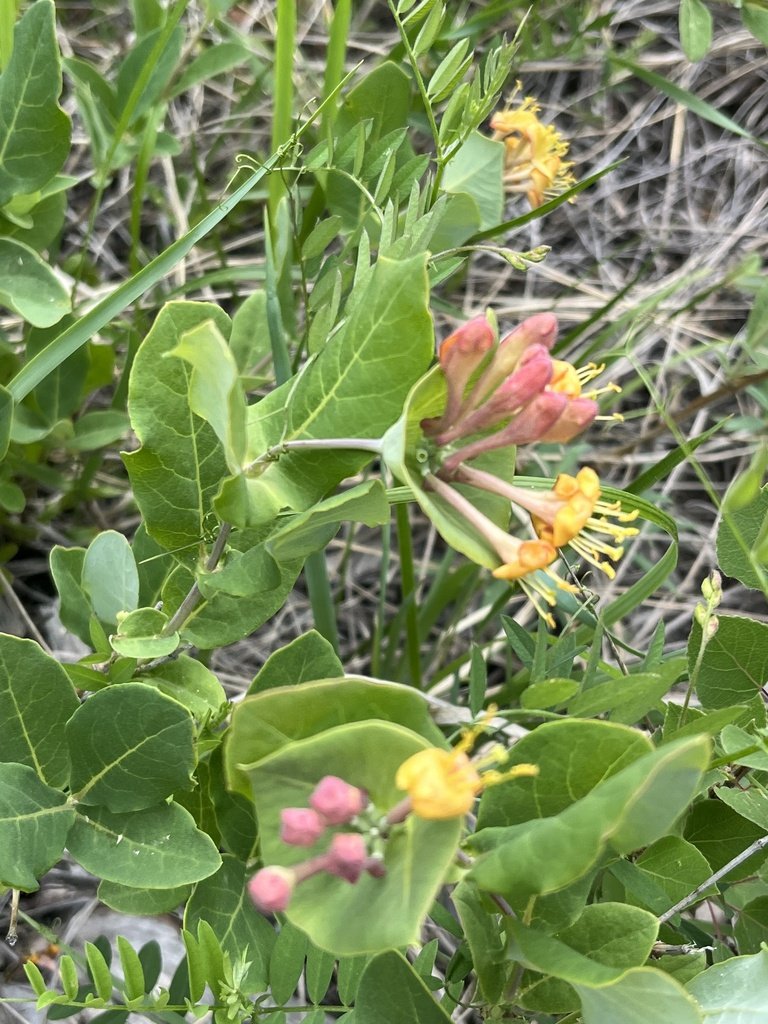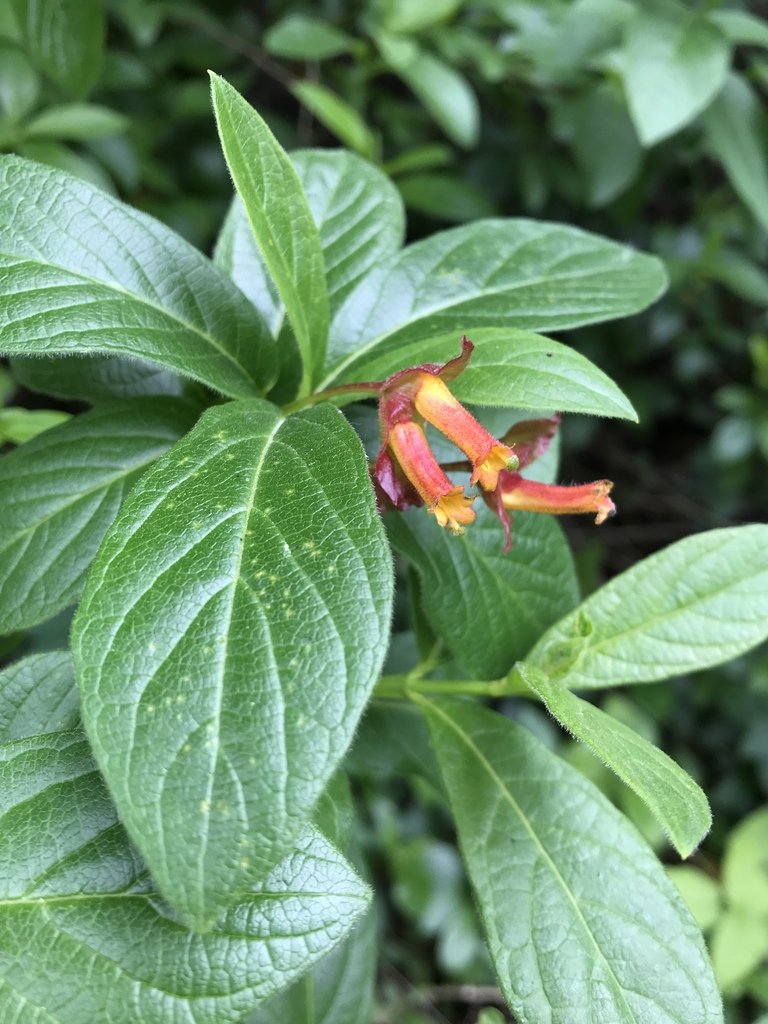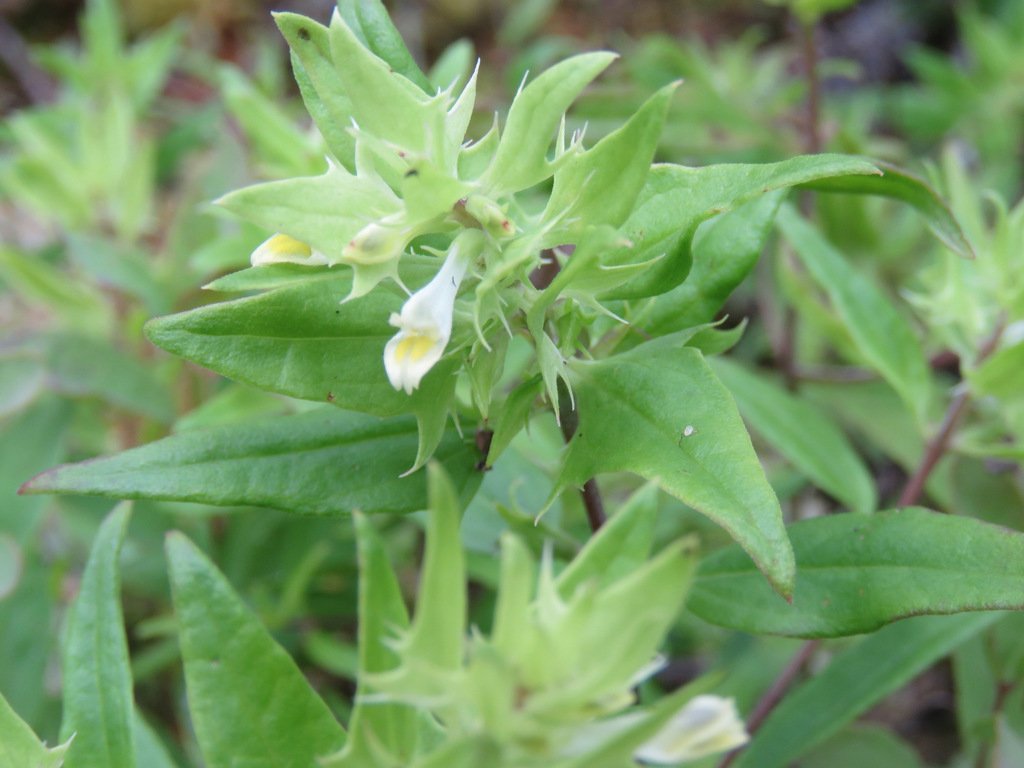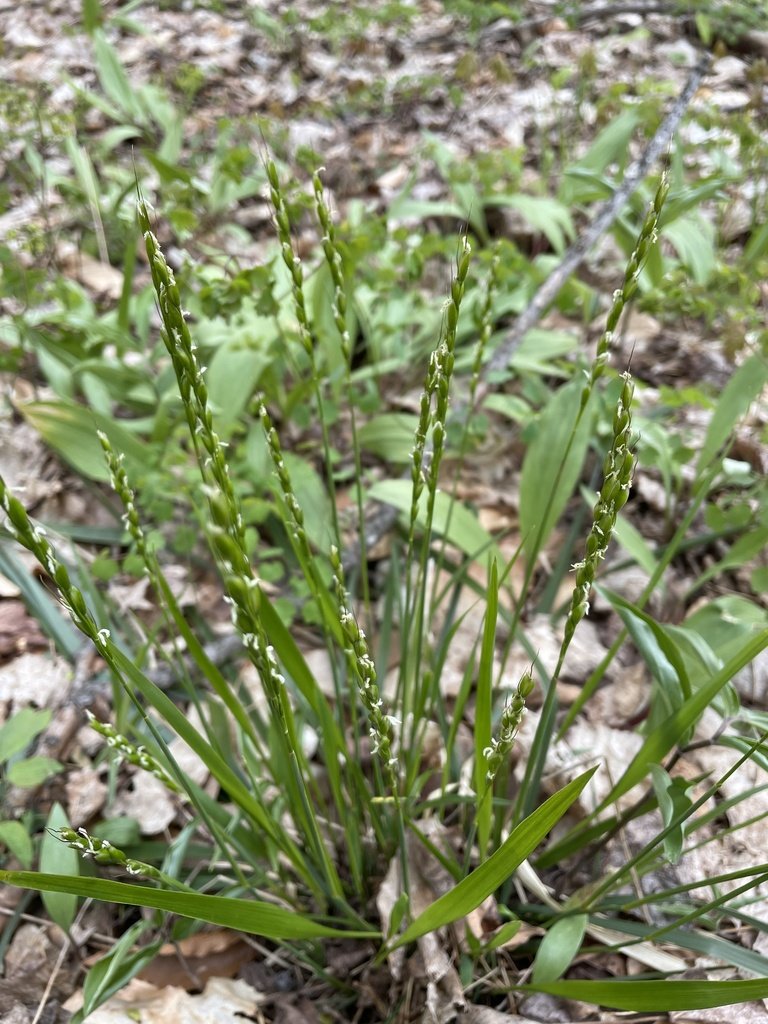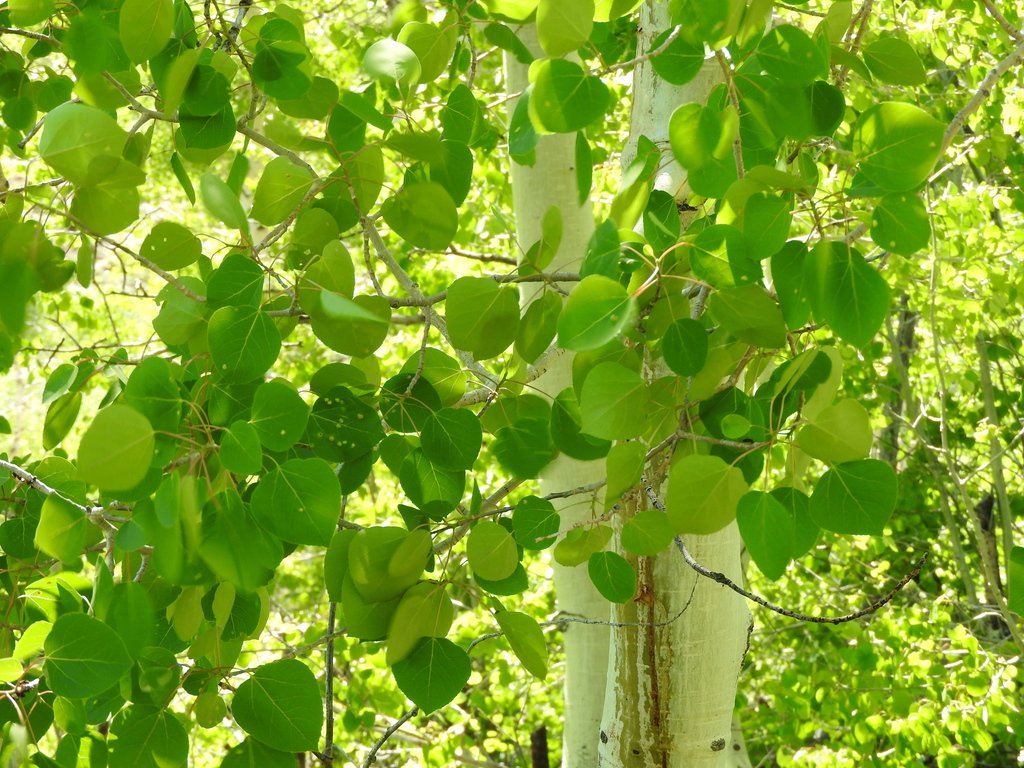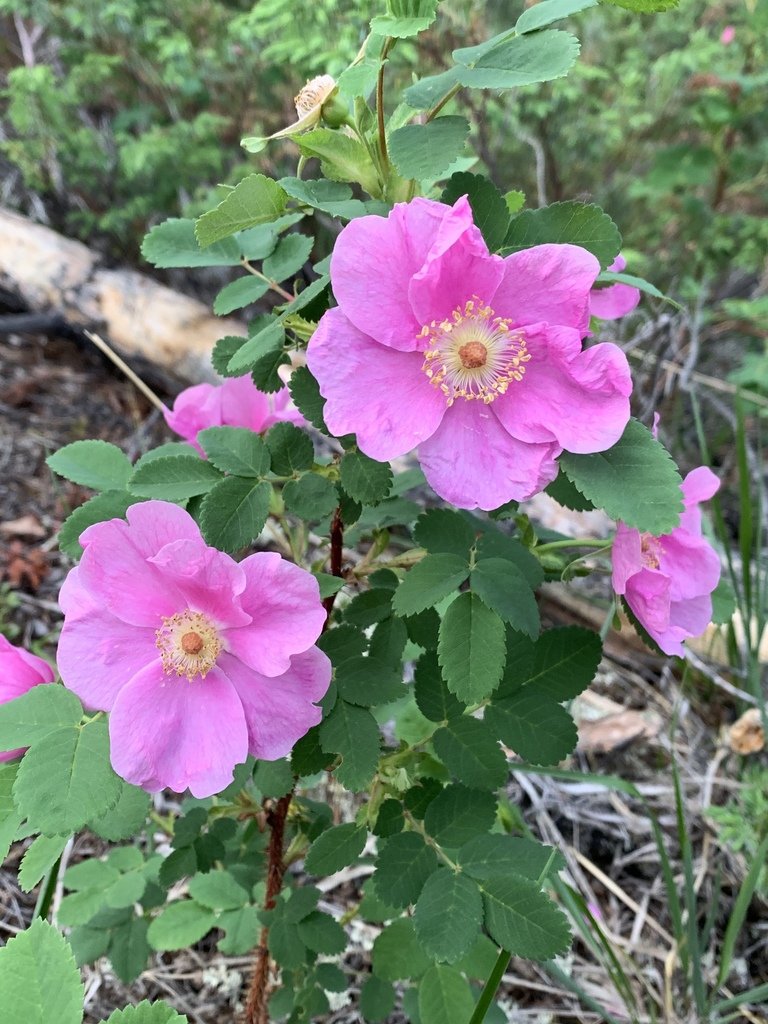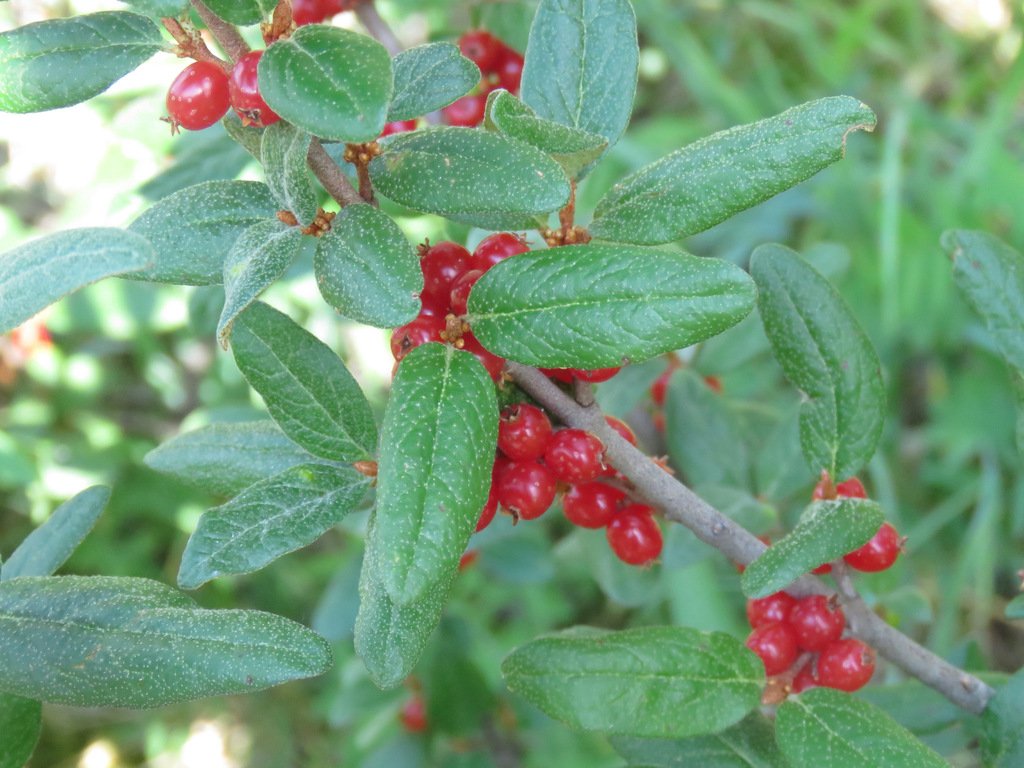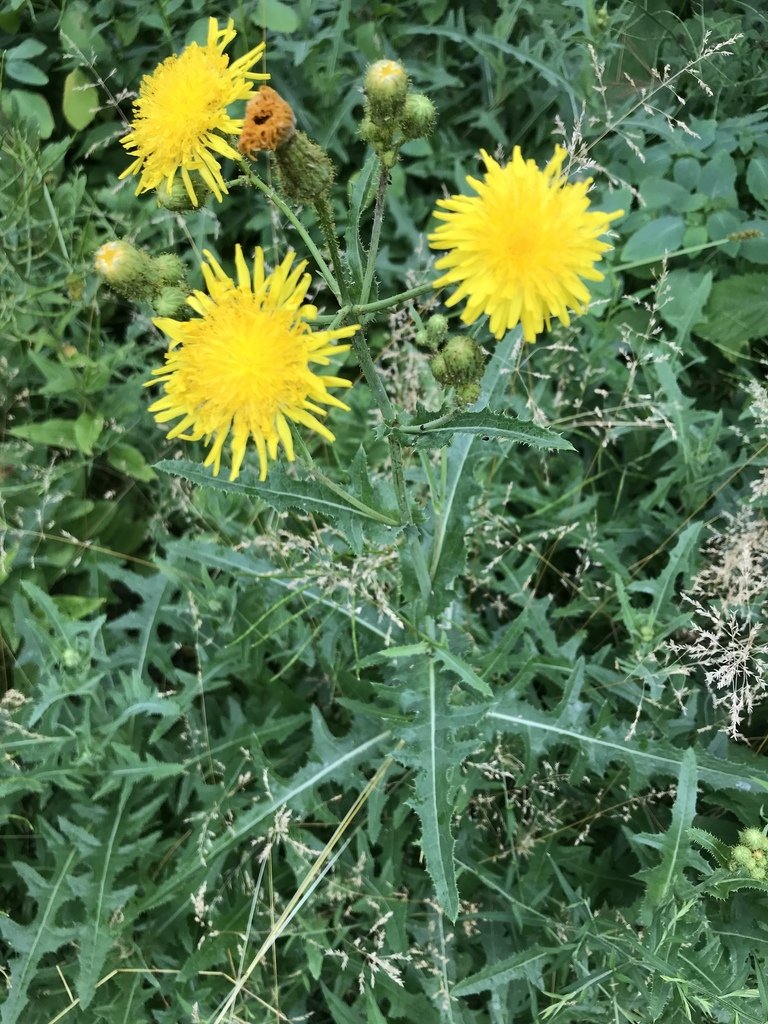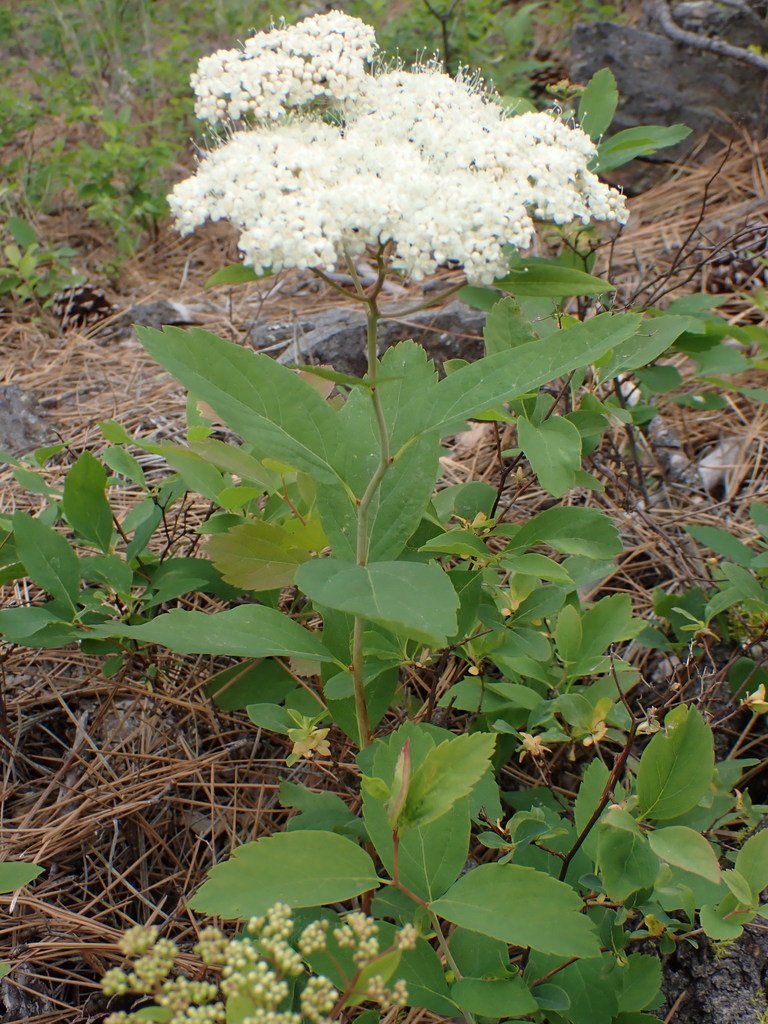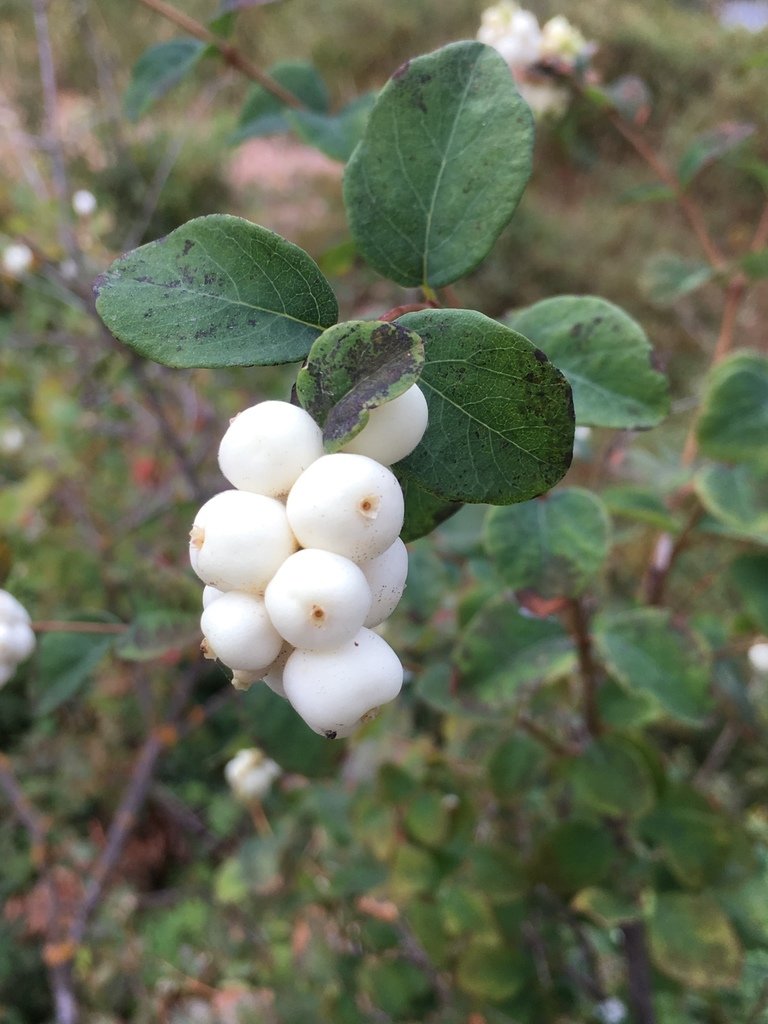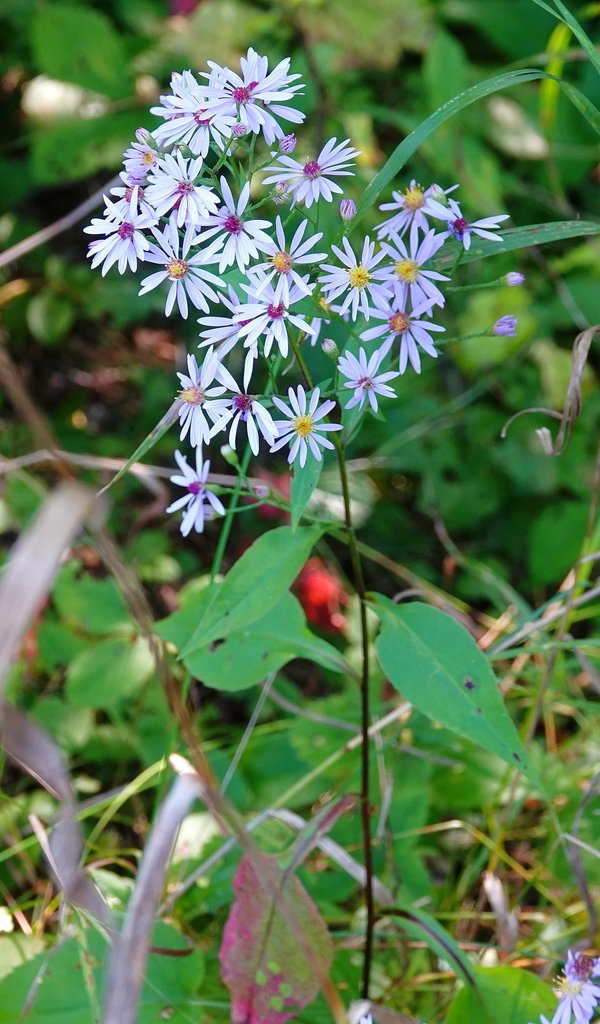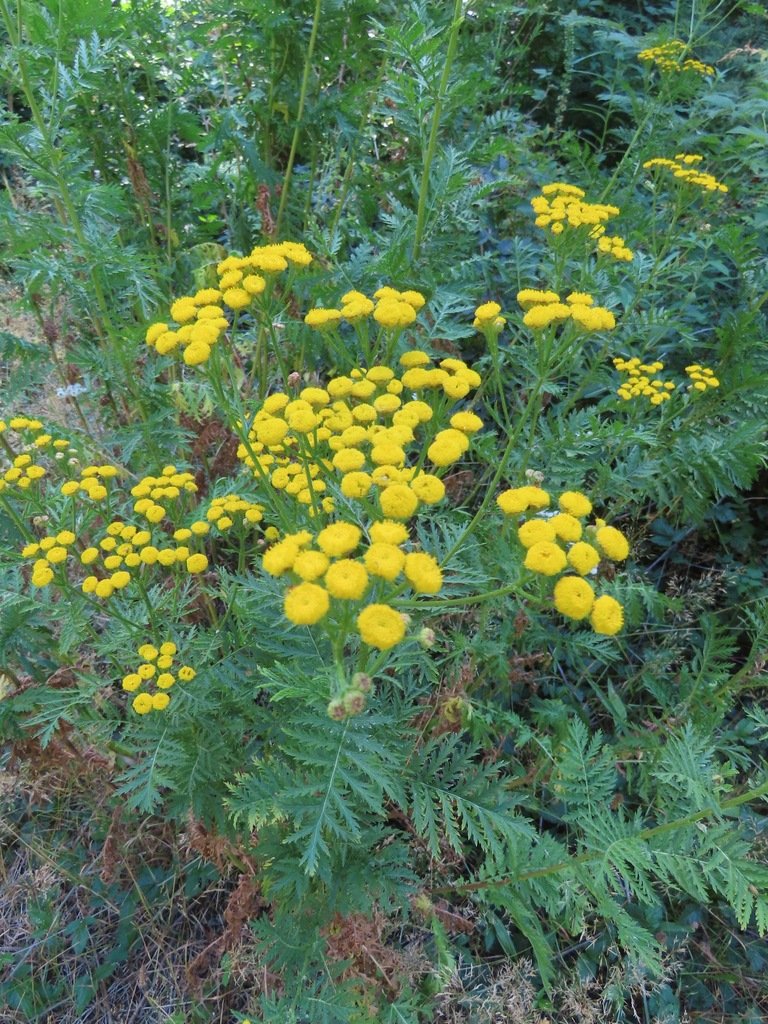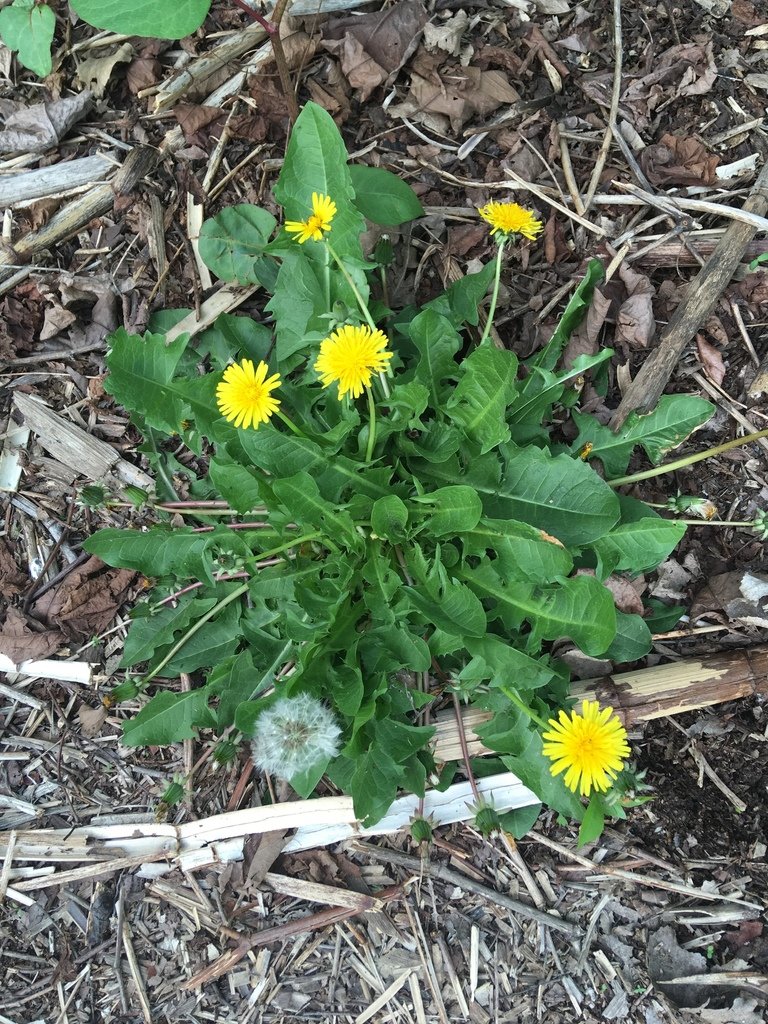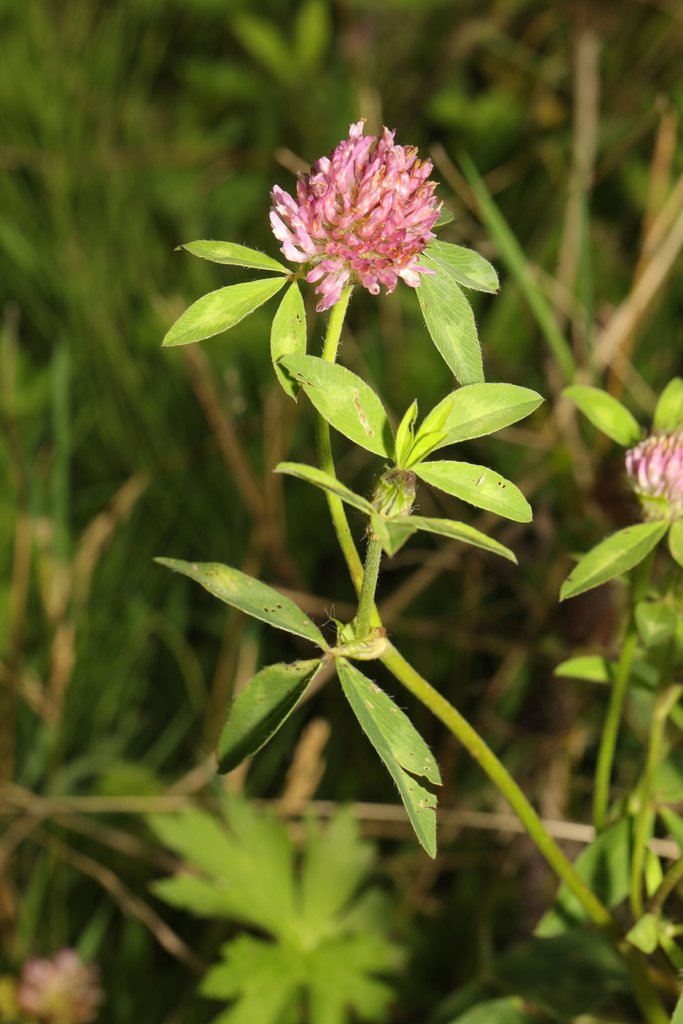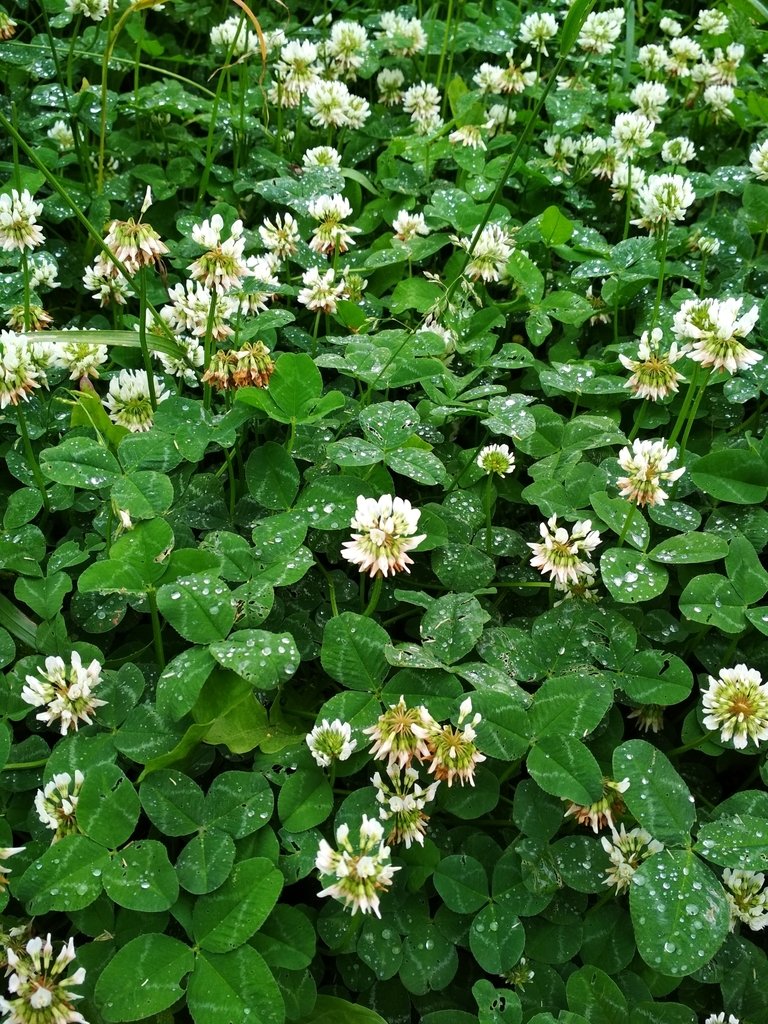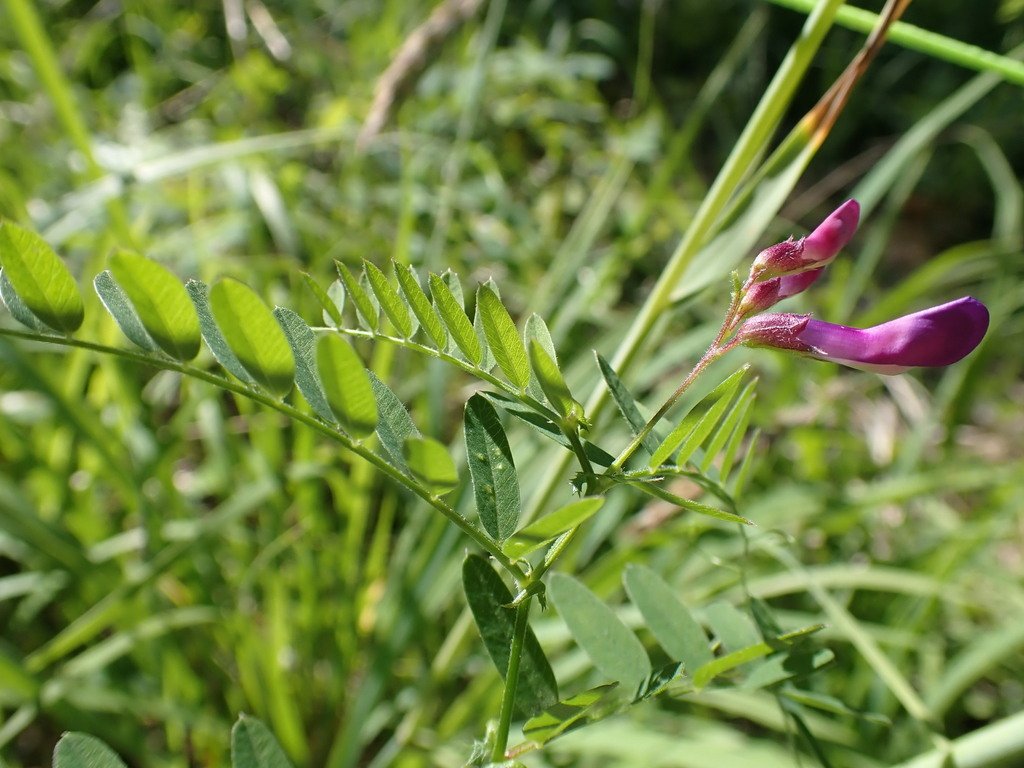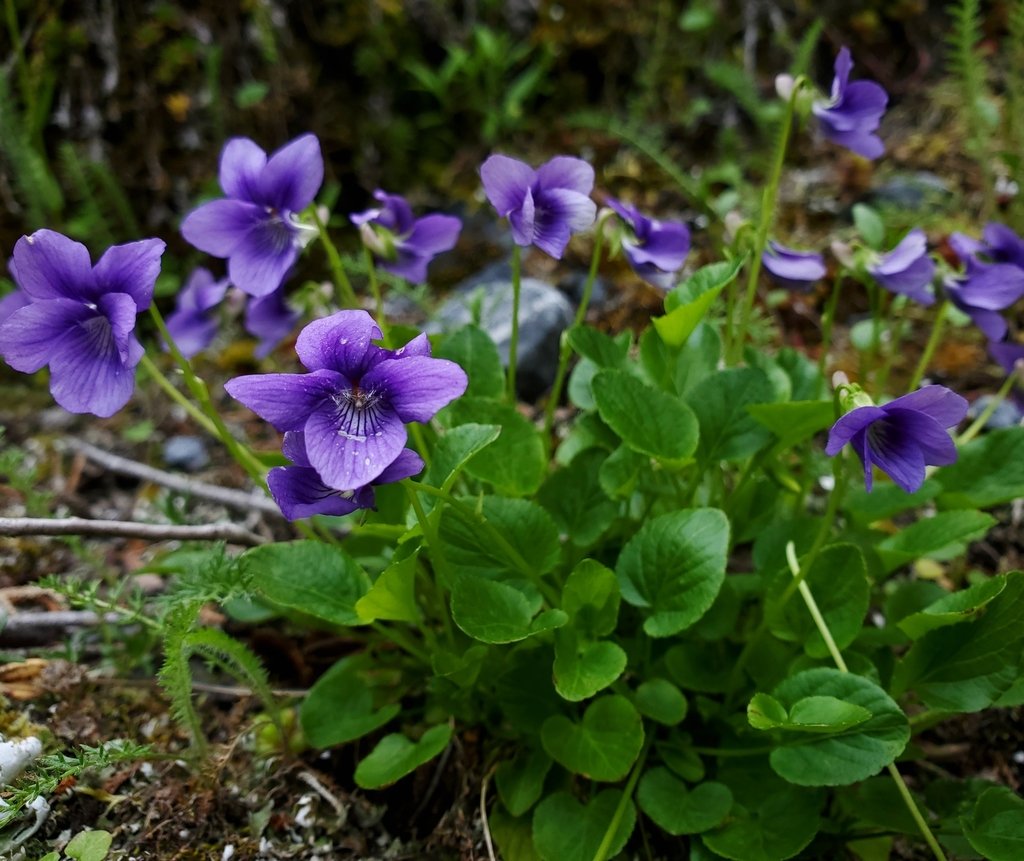Boreal Wetland Centre Vegetation Inventory
Wetlands are areas defined by their water. As defined by the Government of Alberta, wetlands are lands saturated with water long enough to promote the formation of water altered soils, growth of water tolerant vegetation and various kinds of biological activity related to wet environments. Plants adapted to thrive in these wet environments are known as hydrophytes. These plants are key to the productivity of wetlands providing food, habitat, filtering out contaminants and mitigating floods by lessening erosion.
By identifying plants as species that typically occur in wetlands, uplands or both, we can learn more about the soil, water and wildlife that is likely to occur in each environment. Shifts in these plant communities can also warn of disturbances as they tolerate different conditions. Sudden shifts in plant communities can mean drastic changes in water level, nutrient availability, sediment build-up, or the introduction of pollutants.
The following vegetation inventory includes all the plants collected through iNaturalist, Nature Alberta’s May plant count and a Detailed Site Assessment. The plants are listed by both common and scientific name to avoid confusion as many species have multiple common names, share common names or have misleading names. The names used for the inventory are Western in origin and we hope in the future the list can be expanded with Indigenous ways of knowing.
Boreal Wetland Center Map
Below is a map of The Boreal Wetland Center showing the coverage of the wetland and upland area across the site. The wetland species listed in the inventory can be found in the purple coloured area and the upland species can be found in the blue portioned area. Transitional species listed below can be found in either the wetland or upland portioned areas.
Wetland Species
Plants found in wetlands typically prefer water saturated soils. Due to the slope of the Boreal Wetland Centre they are mostly found on the Centre’s north side within swamp and fen environments. Species on this list are Facultative Wetland species (i.e., species found in wetlands 67 to 99% of the time, but occasionally found in non-wetlands) and others are Obligate species (i.e., species found in wetlands 99% of the time).
Other species frequently found in wetland environments at the Boreal Wetland Centre include:
Northern bog sedge (Carex gynocrates)
Bristle-stalked sedge (Carex leptalea)
Small bottle sedge (Carex uticulata)
Lapland buttercup (Coptidium lapponicum)
Closed-sheathed cotton-grass (Eriophorum brachyantherum)
Arctic butterbur (Petasites frigidus)
Arrow-leaved coltsfoot (Petasites frigidus var. sagittatus)
Little tree willow (Salix arbusculoides)
Myrtle-leaf willow (Salix myrtillifolia)
Transition Species
Certain species of plants can be found in wetlands, uplands and the transitional areas between the two. This means, that these plants can tolerate the conditions of both wetland and upland environments. At the Boreal Wetland Centre these species can be found across the entire site, but often grow in the area directly adjacent to the wetland boundary (i.e., where the upland and wetland meet)
Plants on this list are Facultative species with a 34 to 66% chance of appearing in a Wetland.
Upland Species
Upland plant species are not typically adapted for wet environments. They prefer drier areas near the top of slopes and/or well drained soils. They can mostly be found at the Boreal Wetland Centre’s entrance and along the southeastern most trails.
Species on this list are Facultative Upland species (i.e., species found in uplands 1 to 33% of the time and occasionally found in wetlands) and others are Upland species (i.e., species found in wetlands 1% of the time, almost always being found in non-wetlands).
Other species frequently found in upland environments at the Boreal Wetland Centre include:
Creeping thistle (Cirsium arvense)
Mountain ricegrass (Piptatheropsis pungens)
Missouri goldenrod (Solidago missouriensis)
Perennial sow-thistle (Sonchus arvensis)

